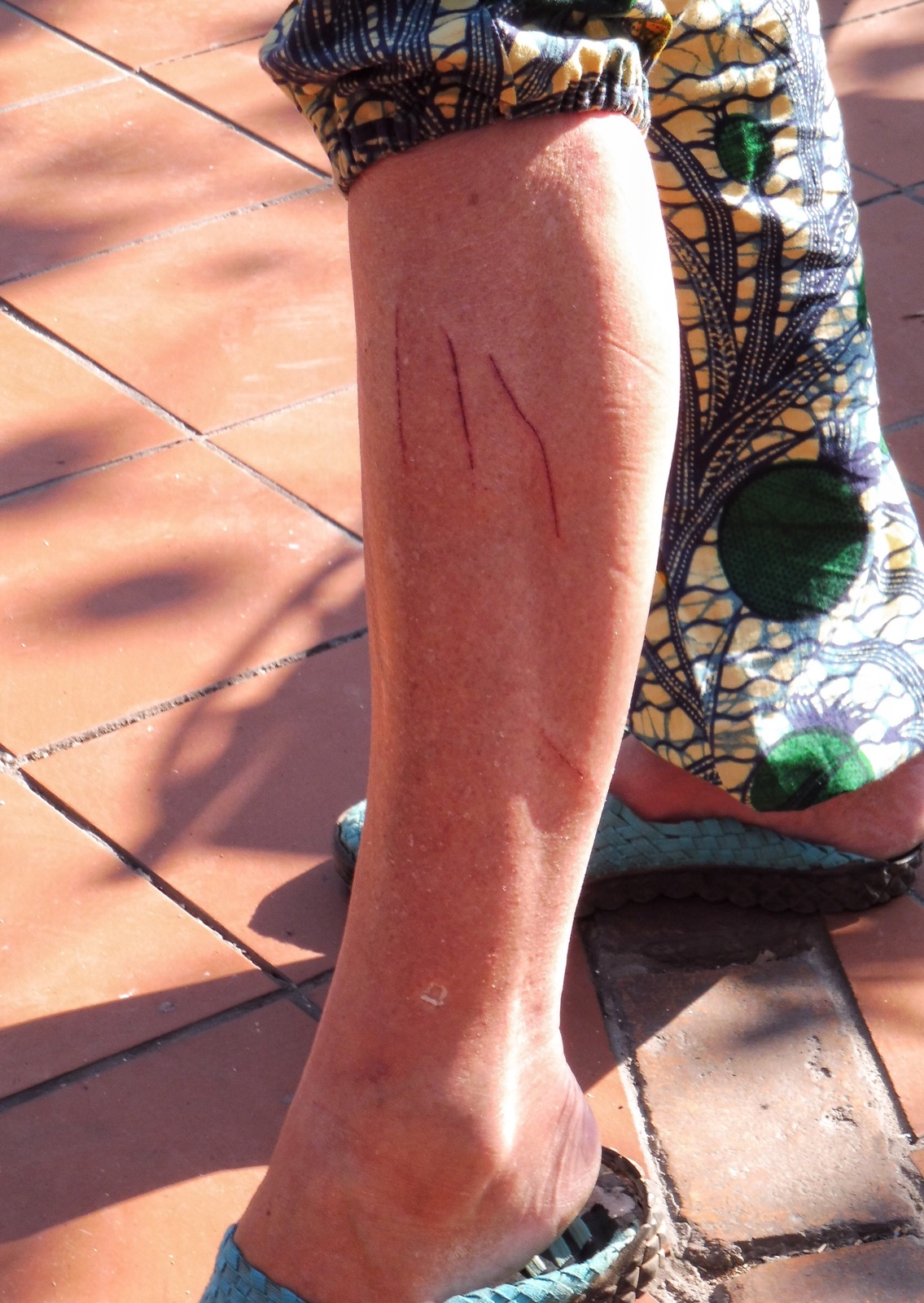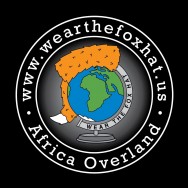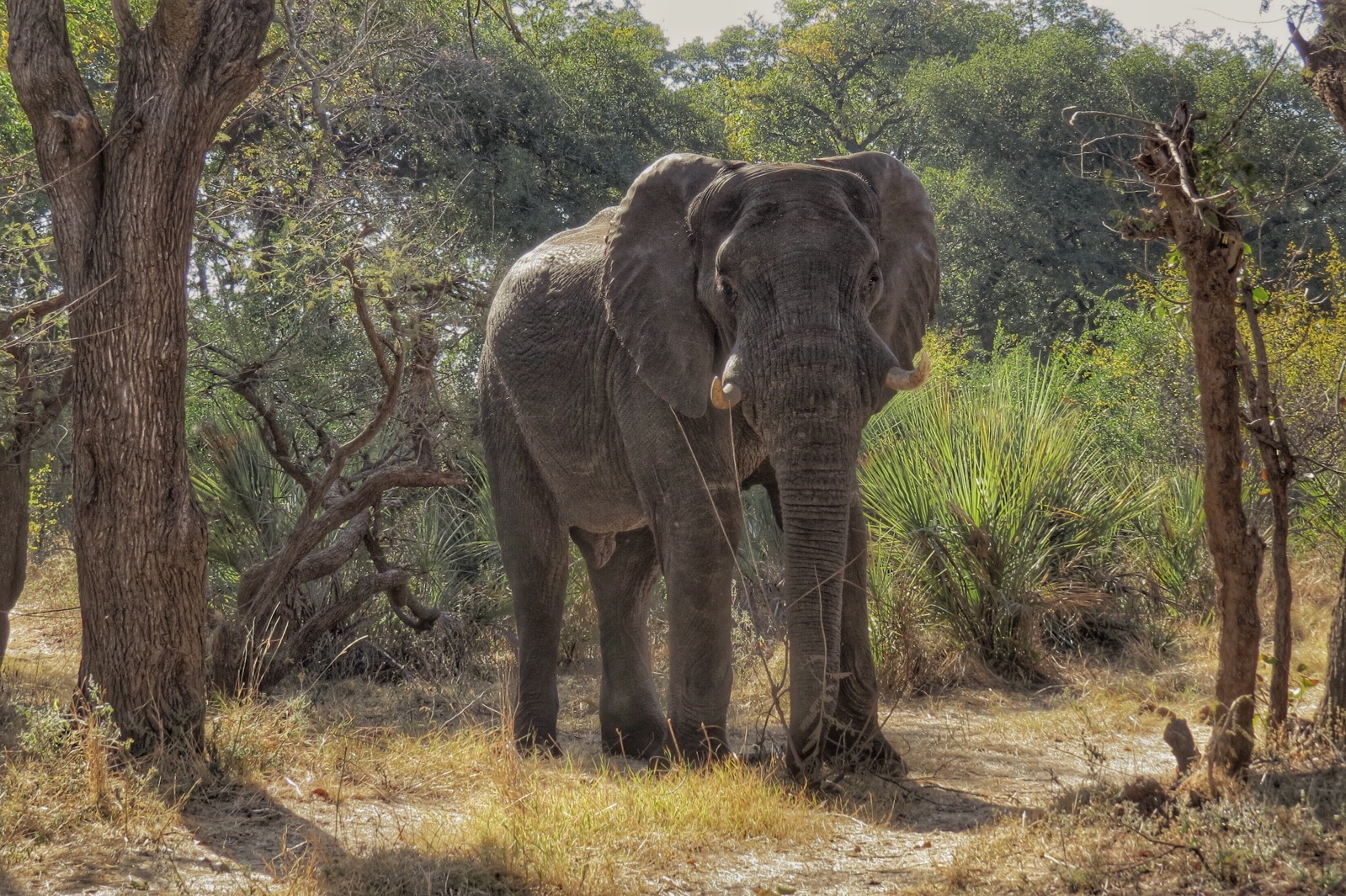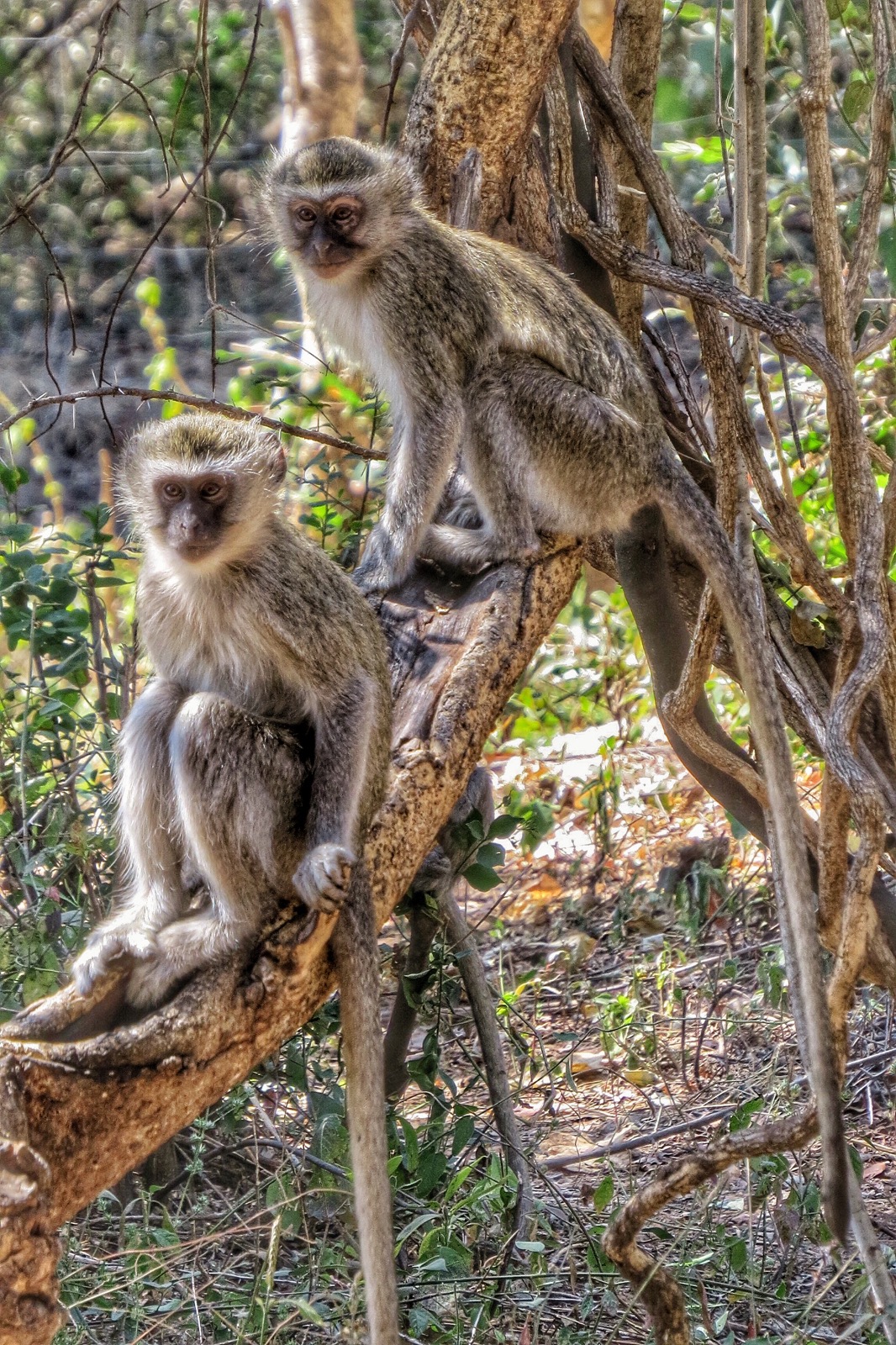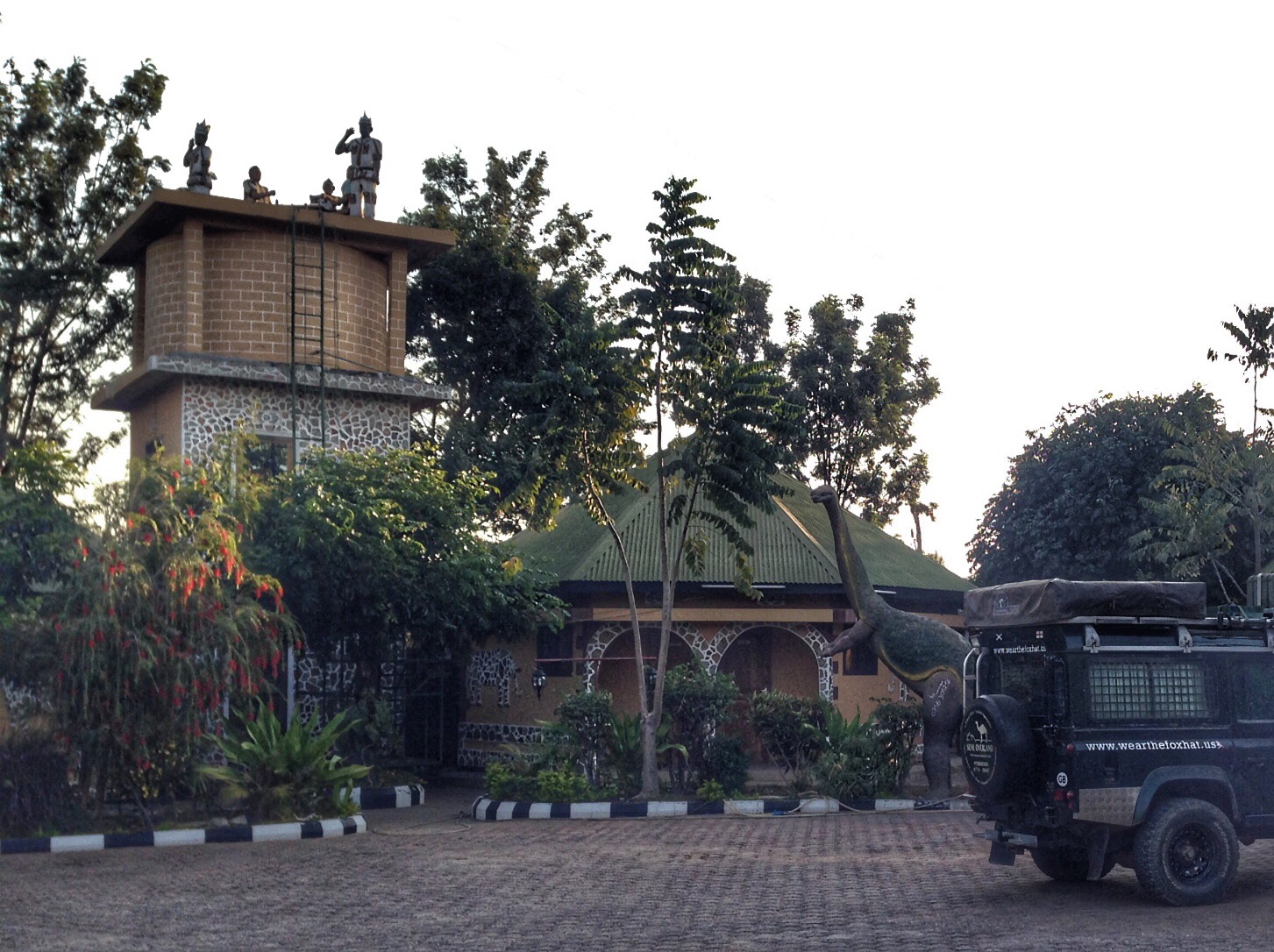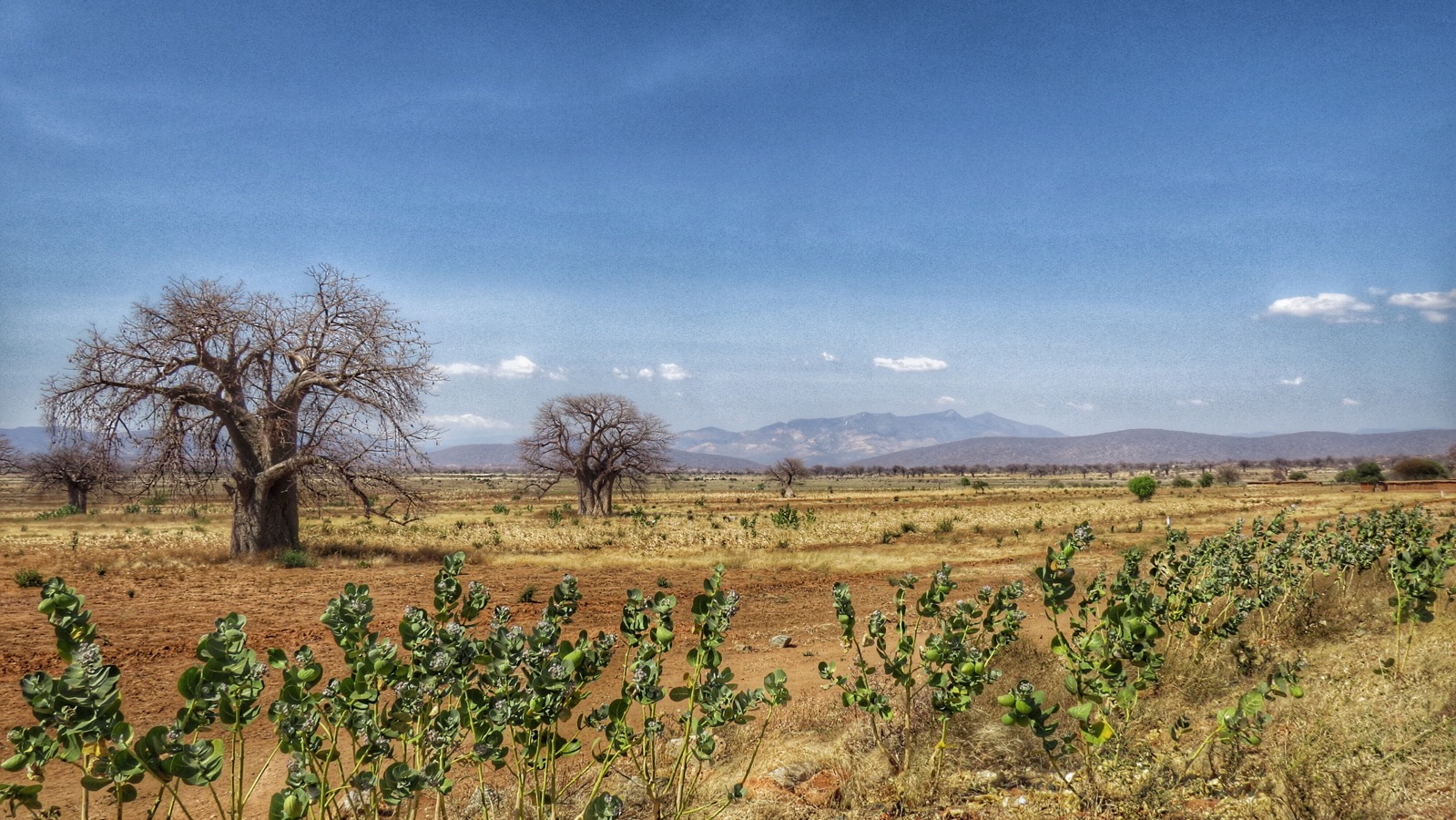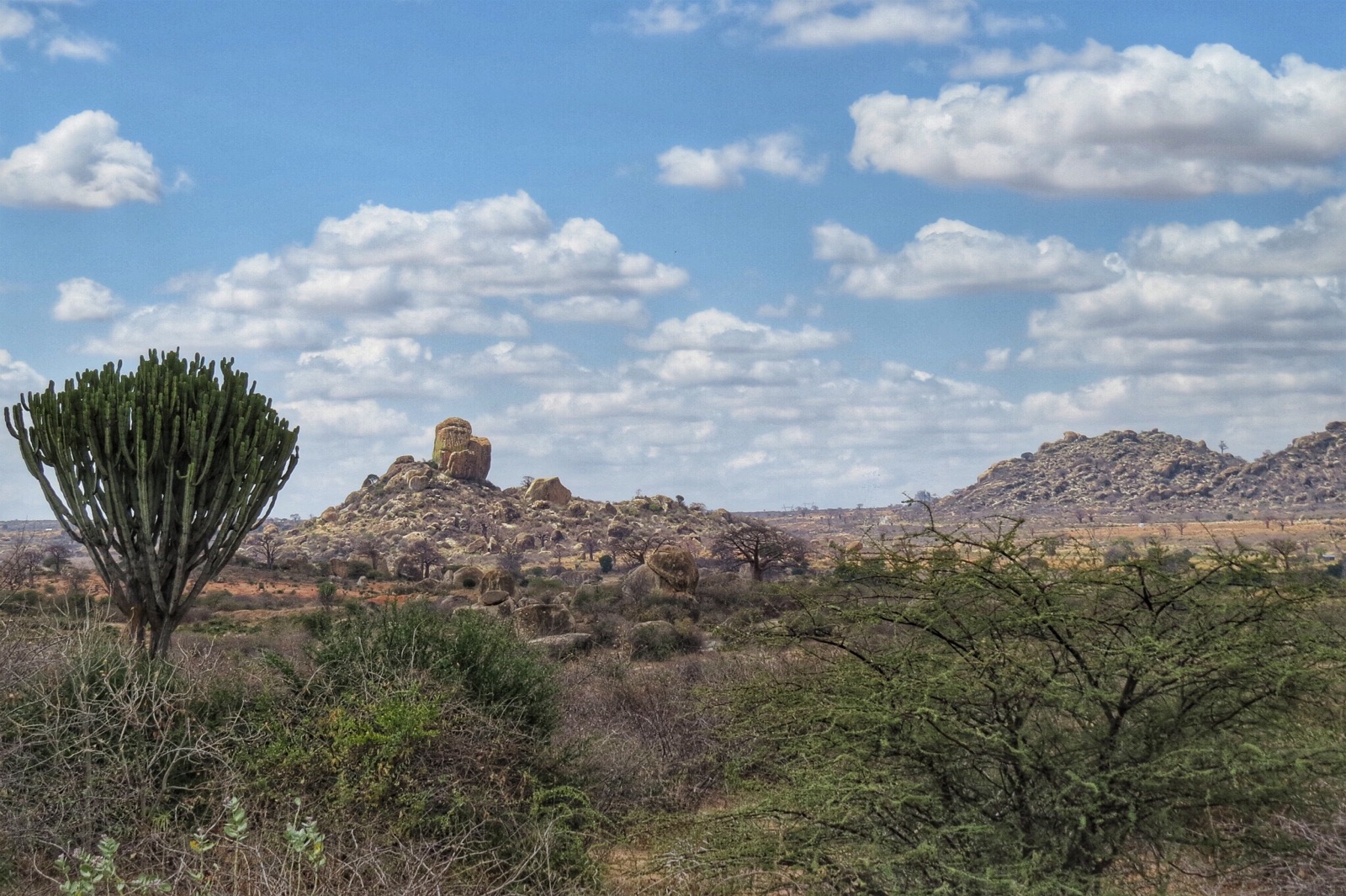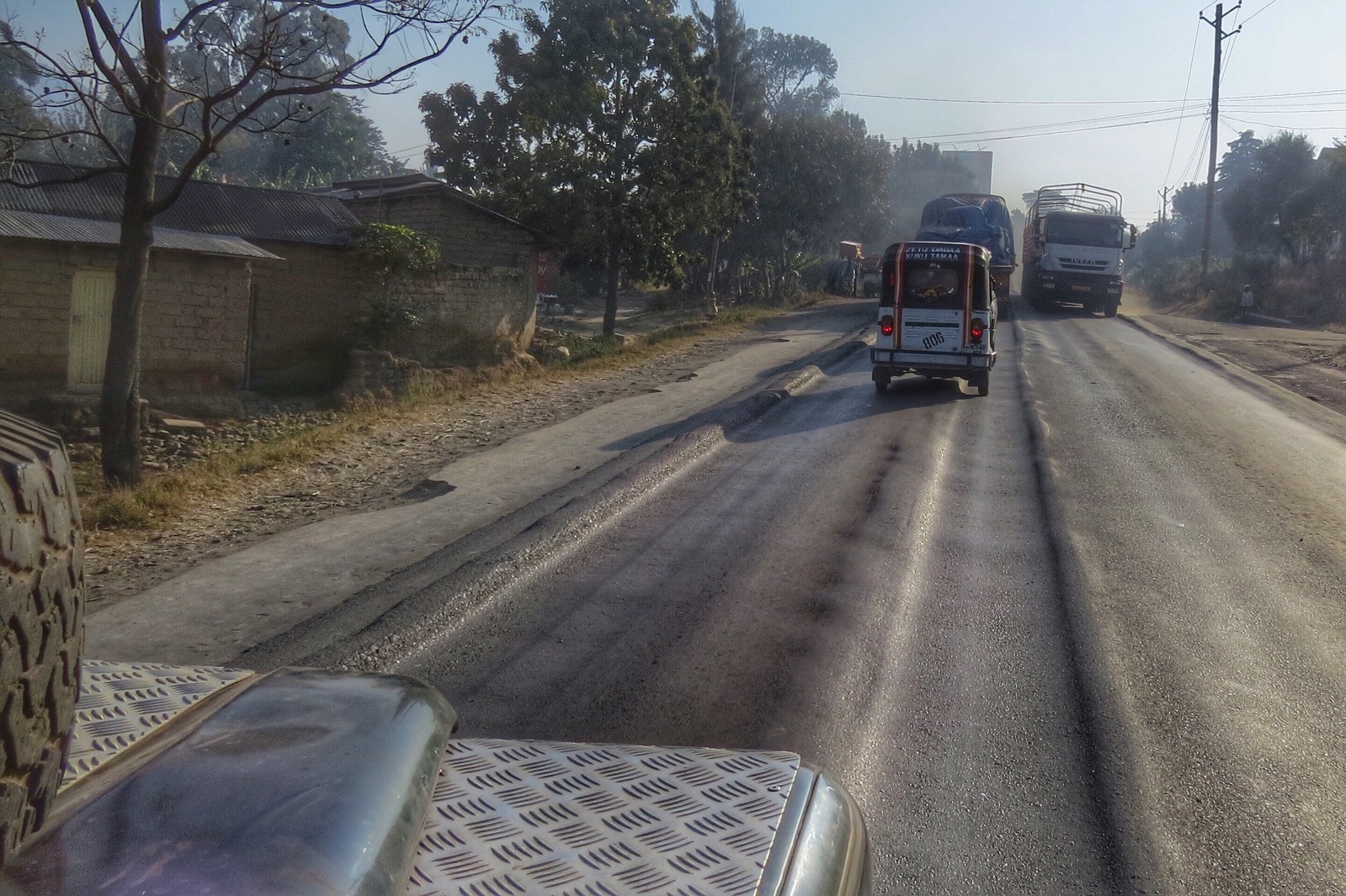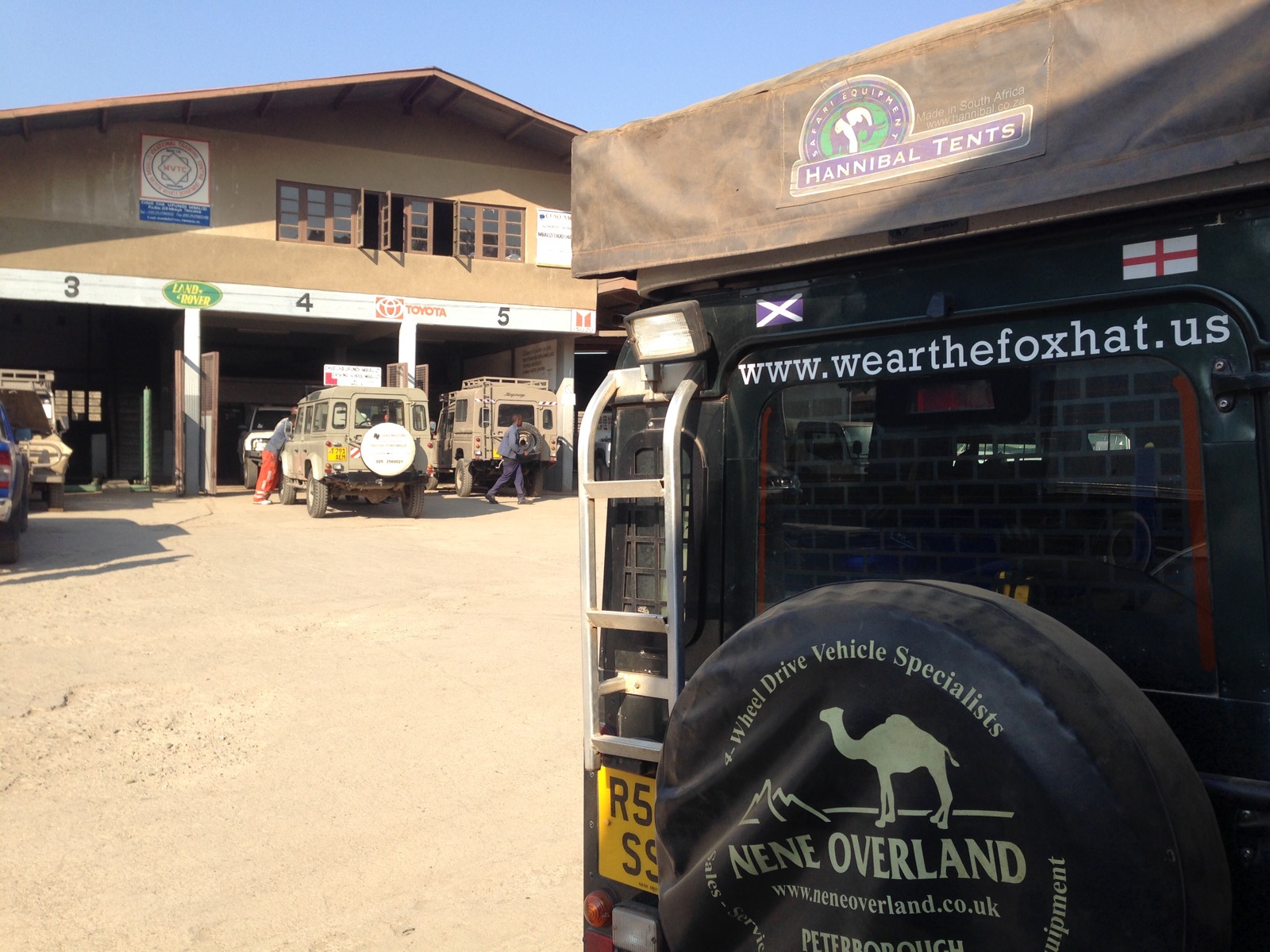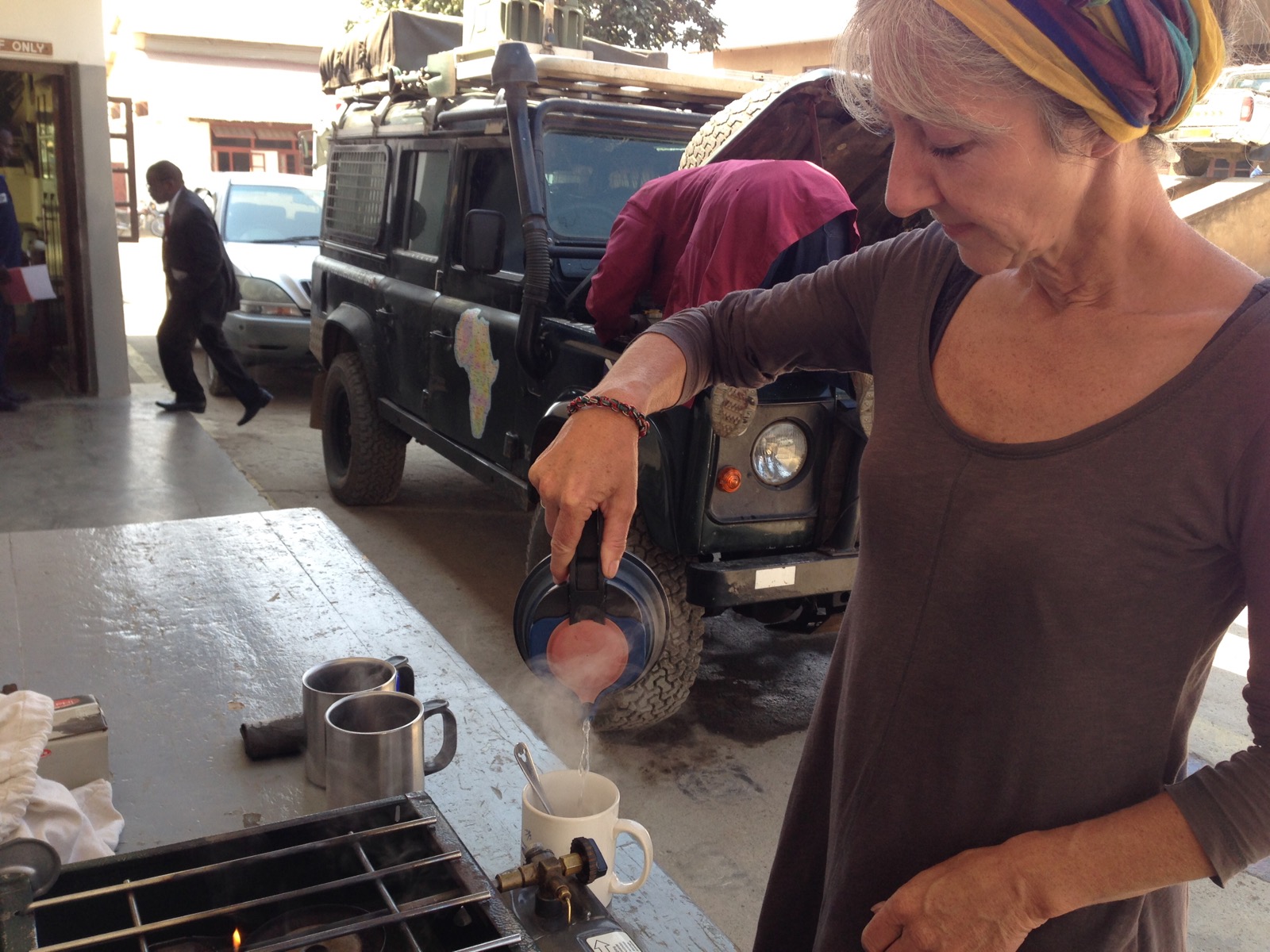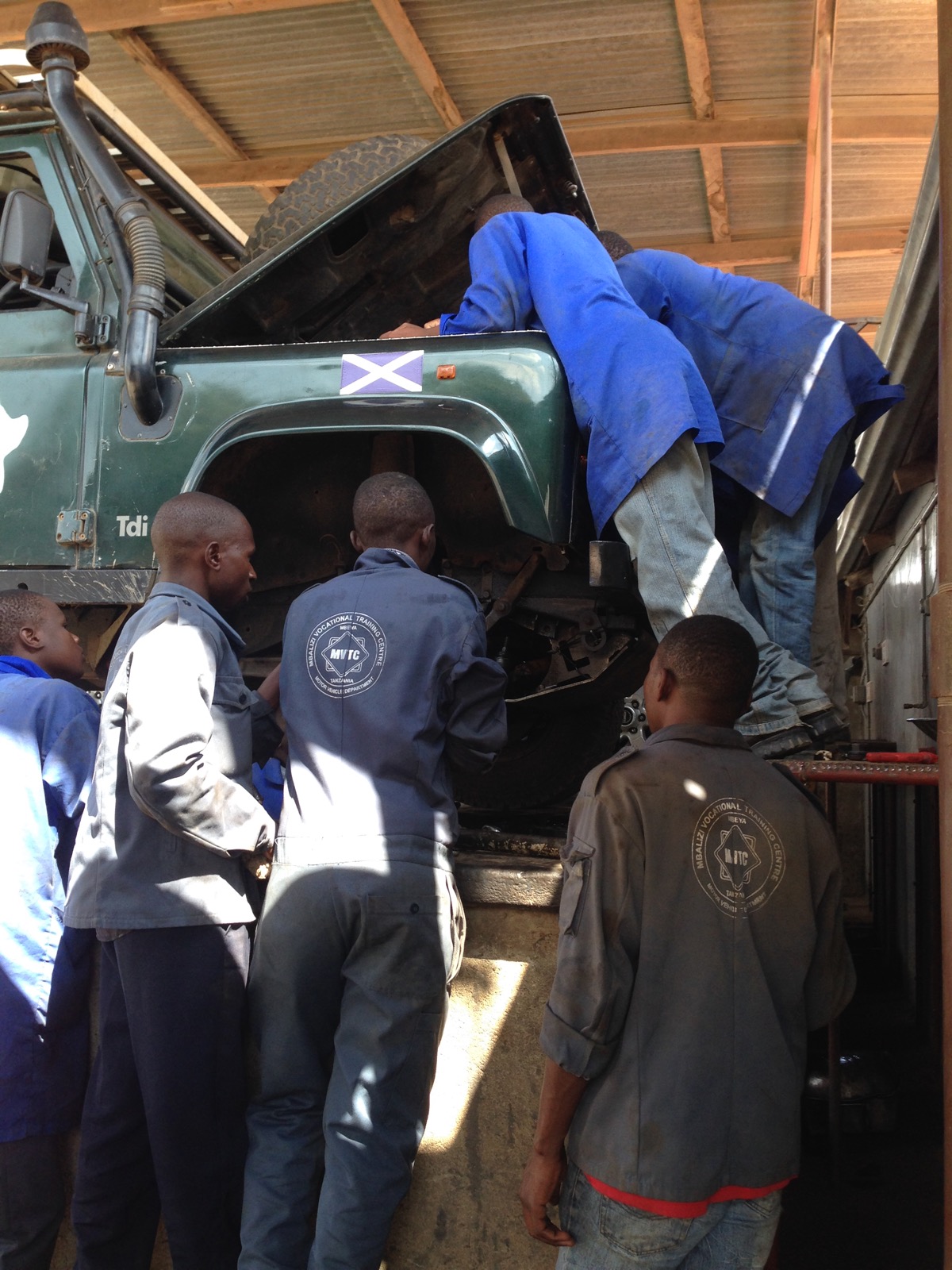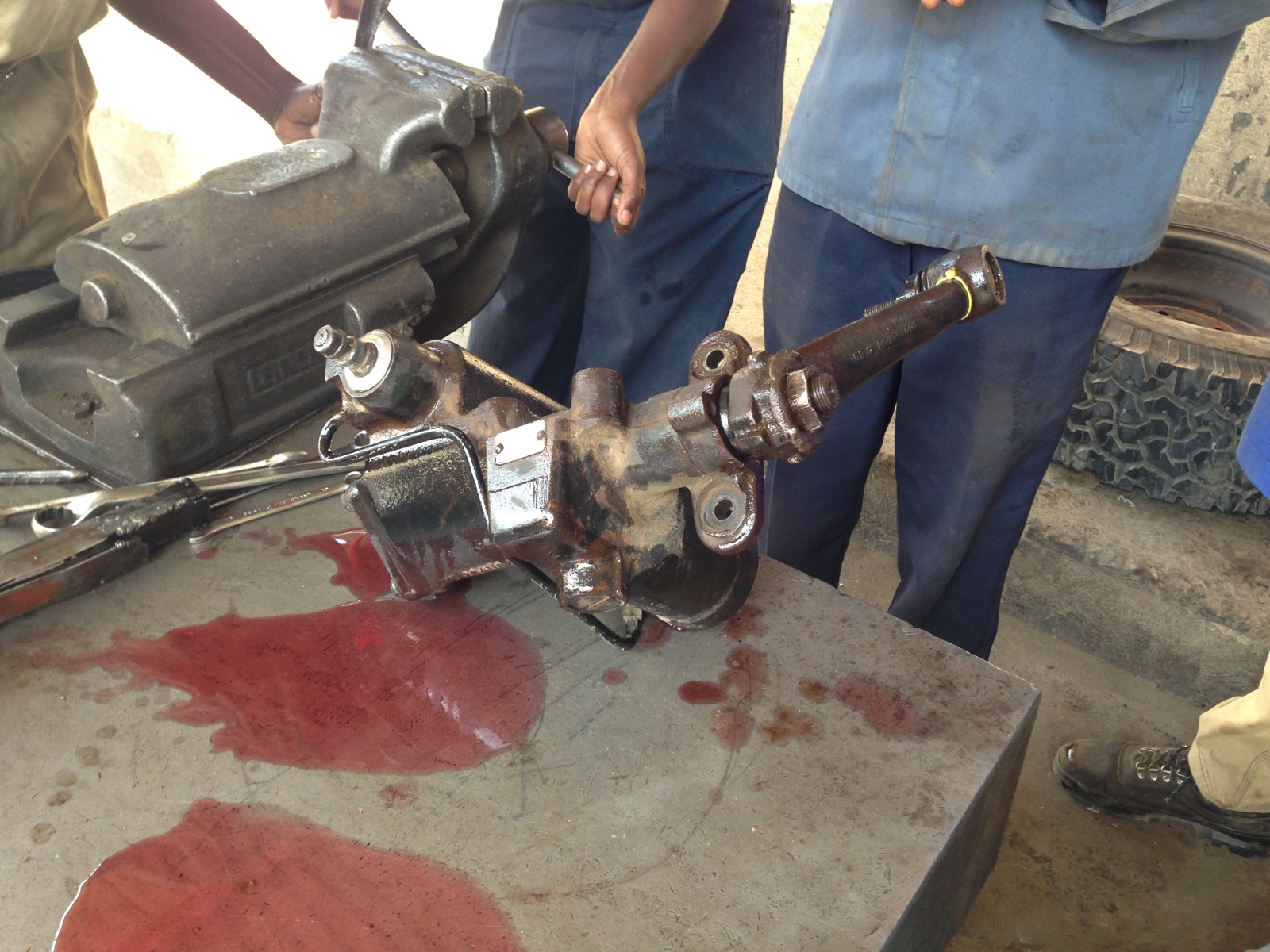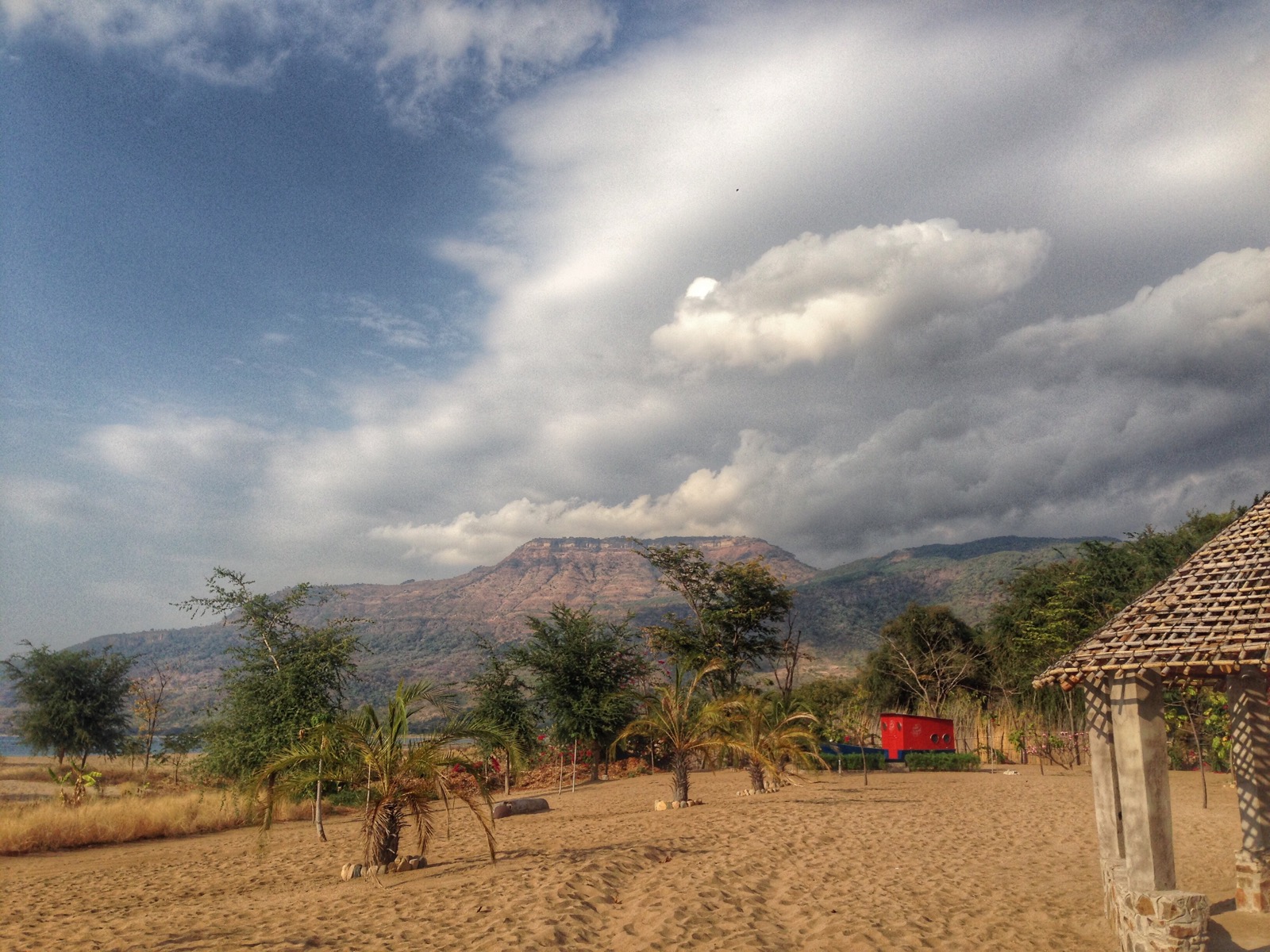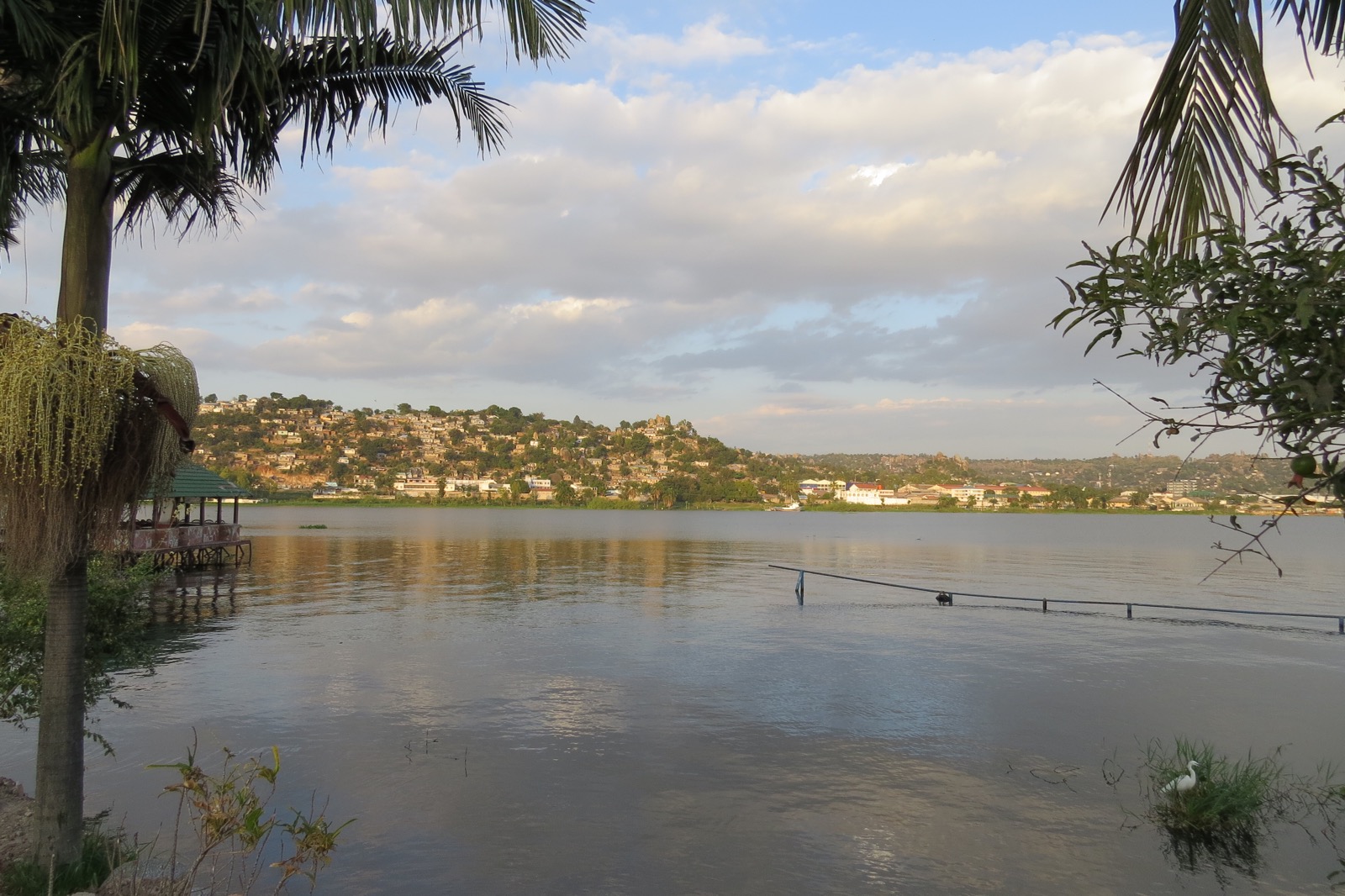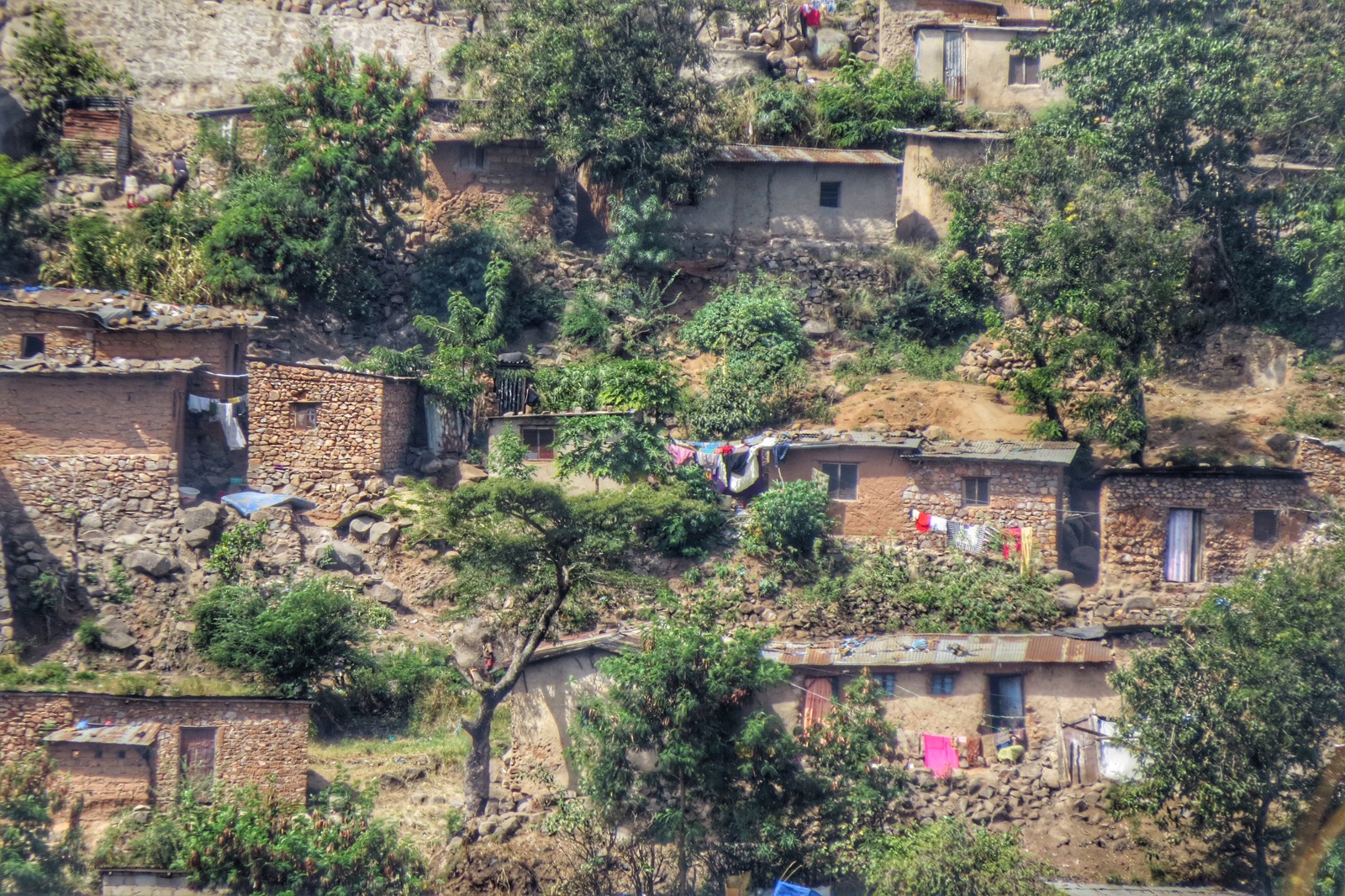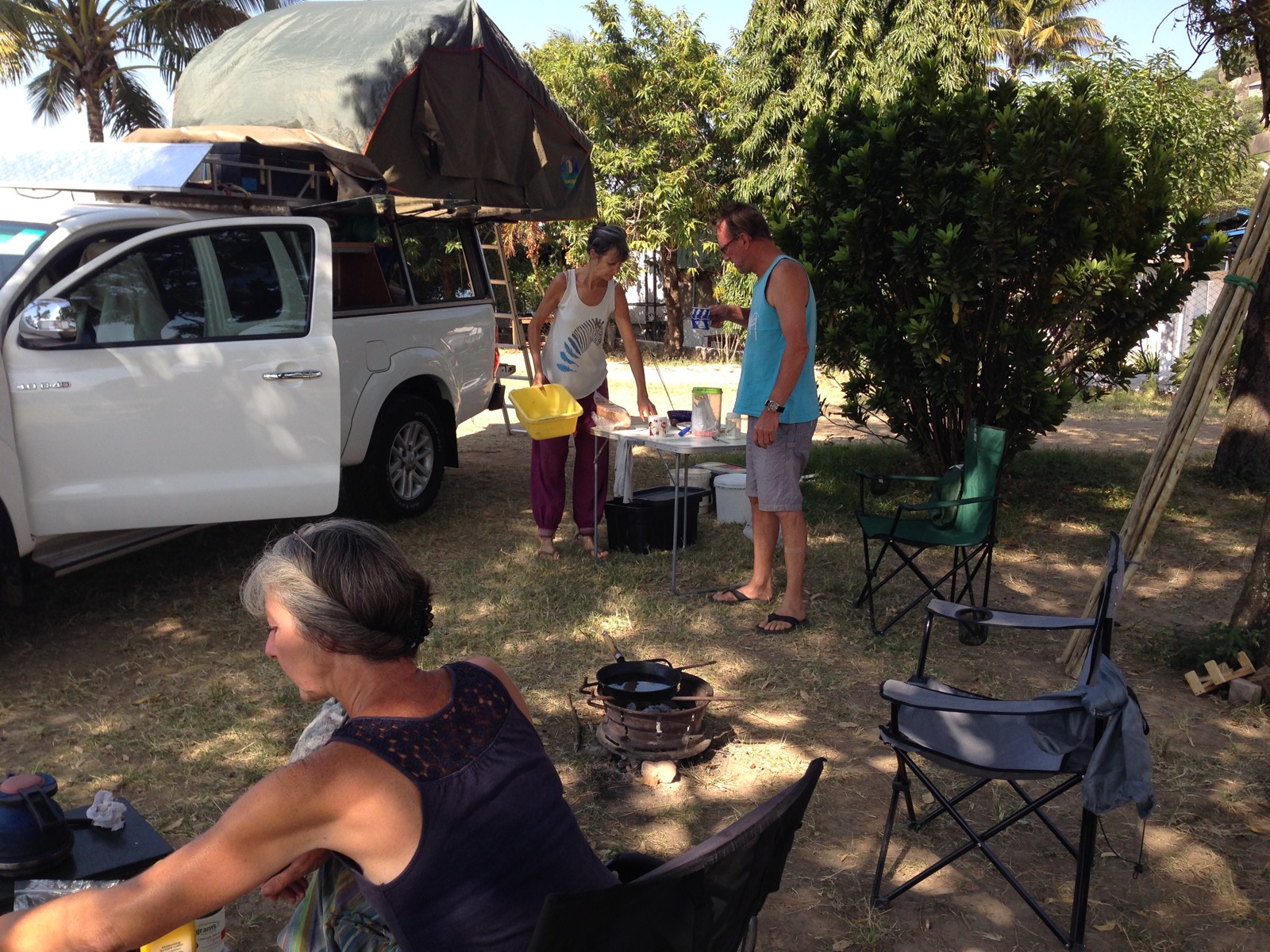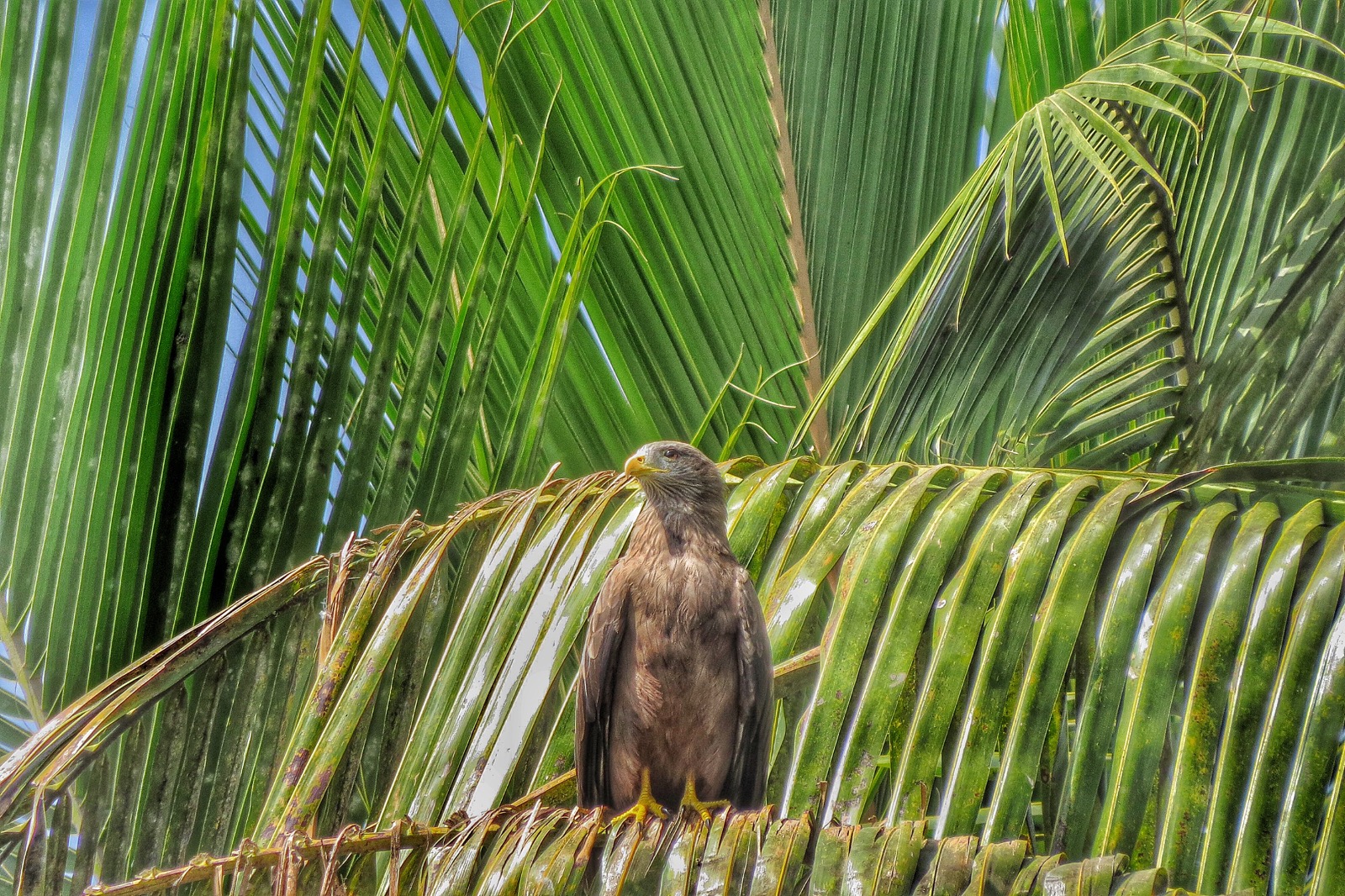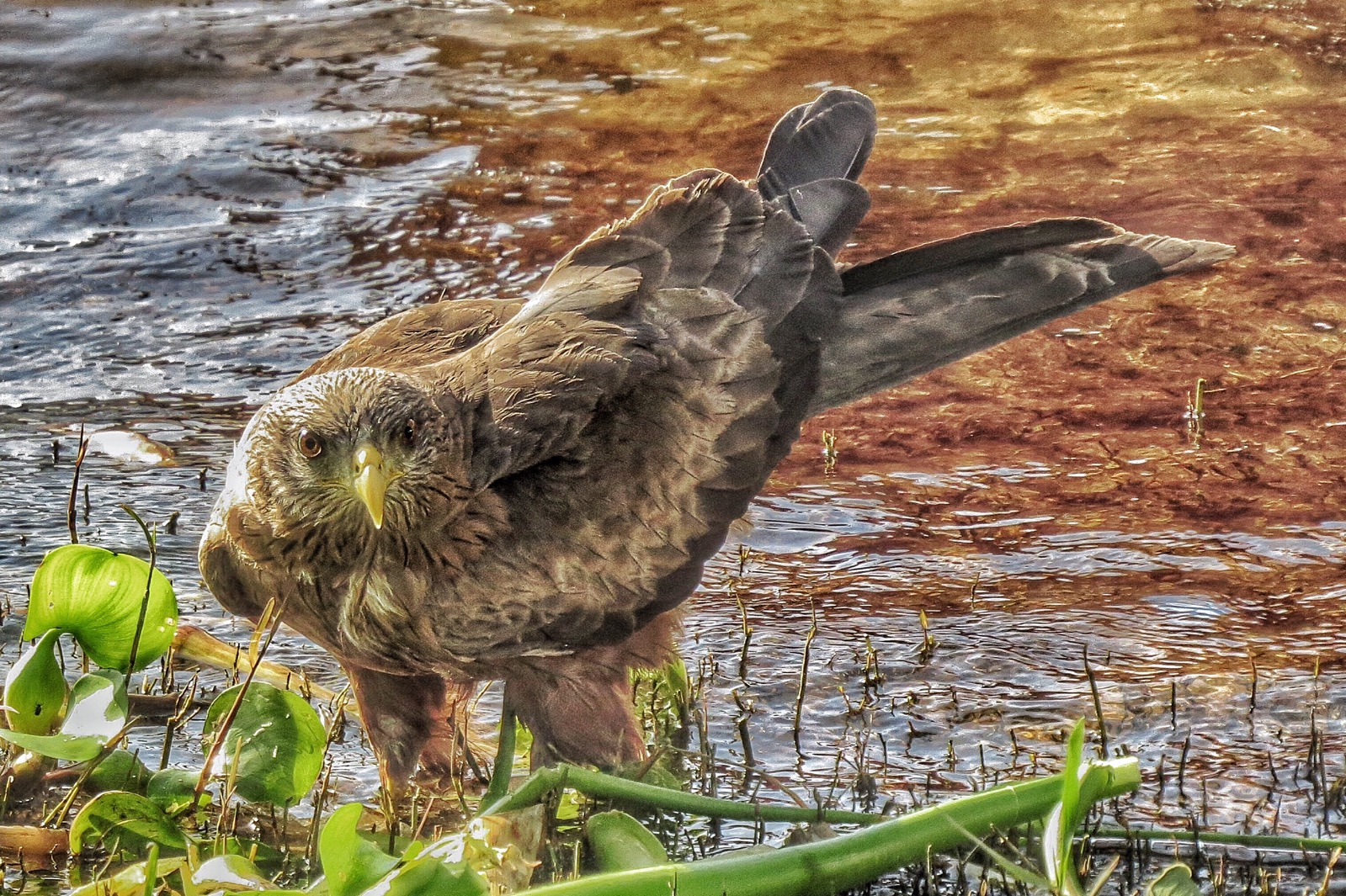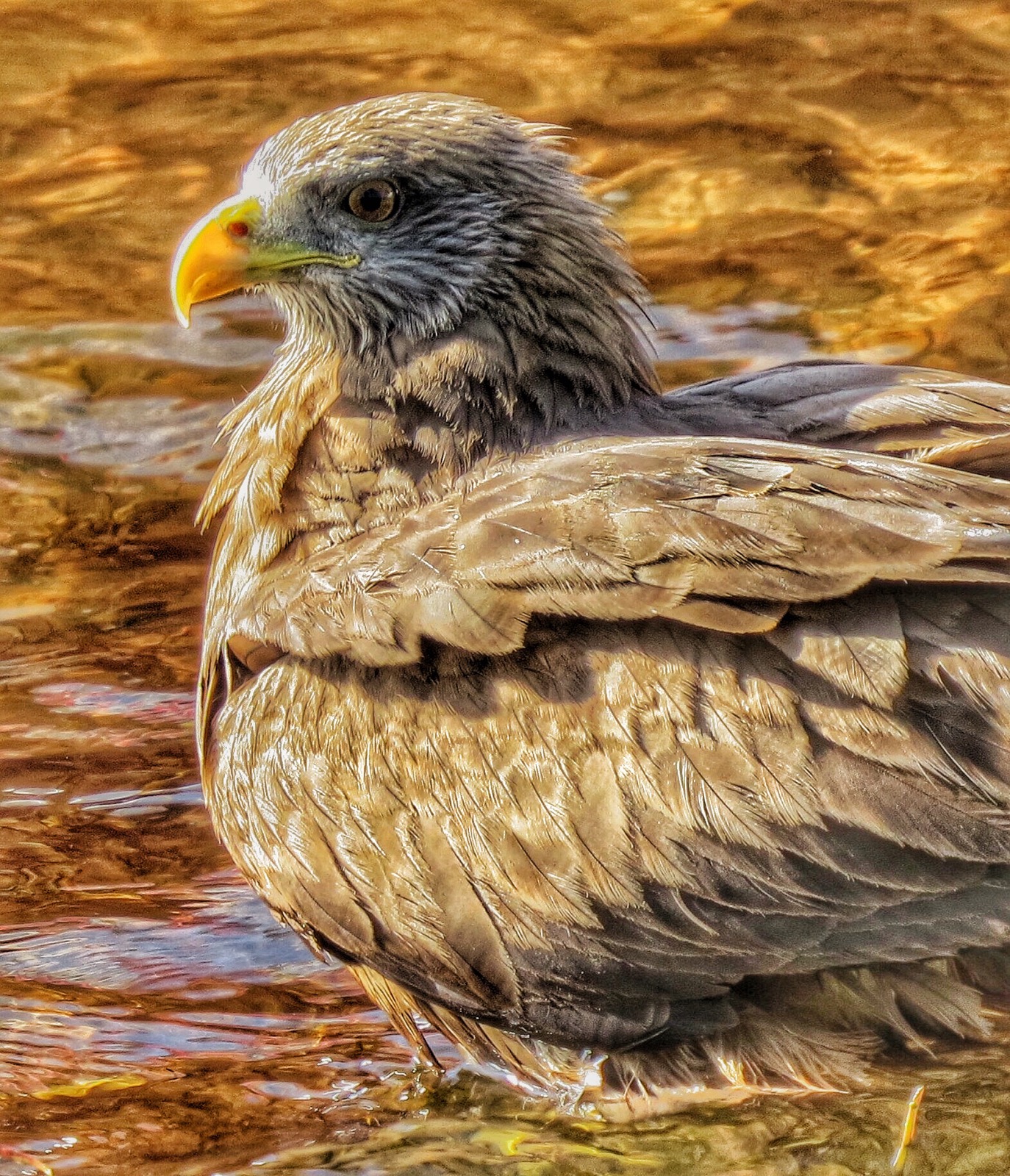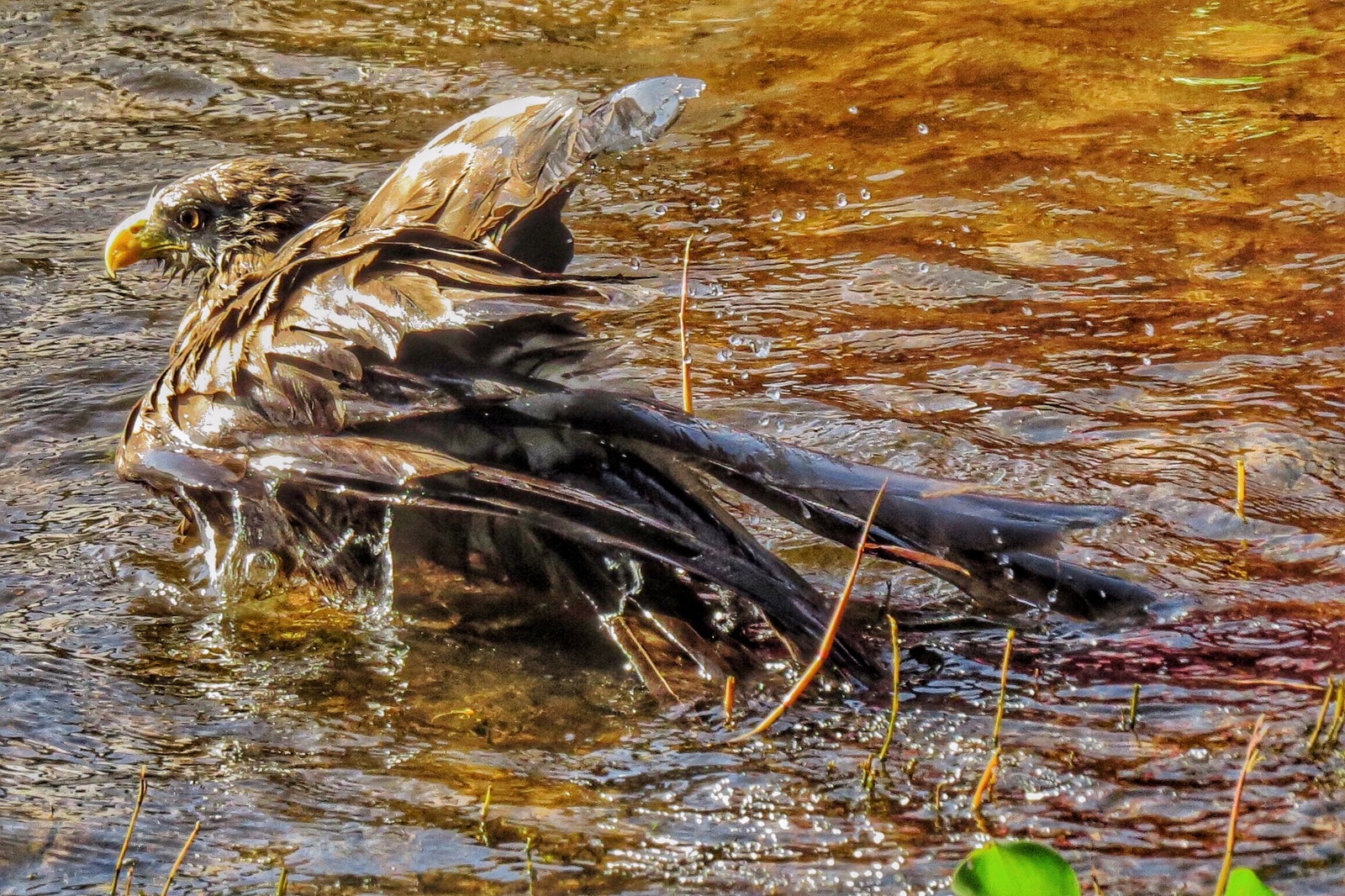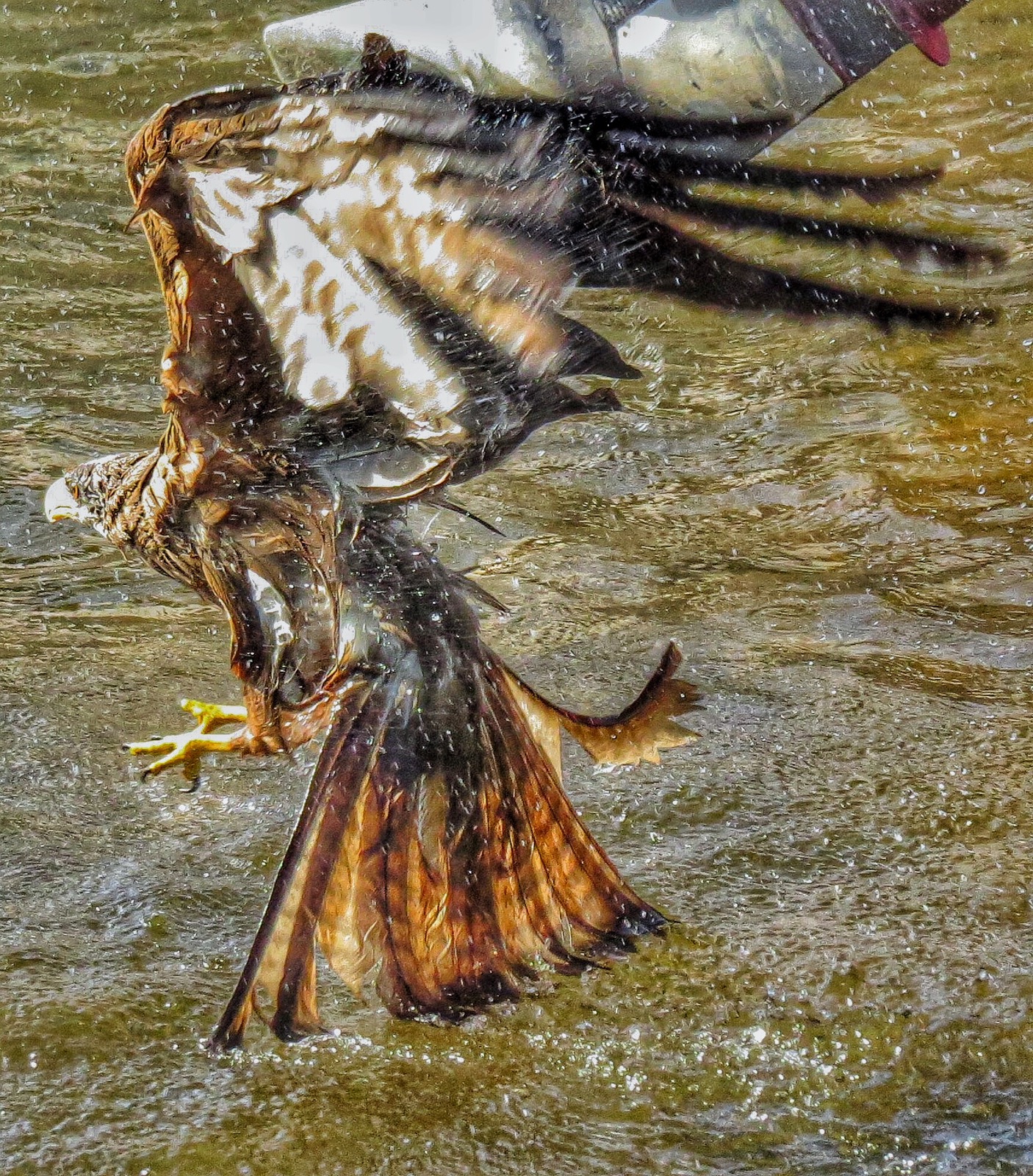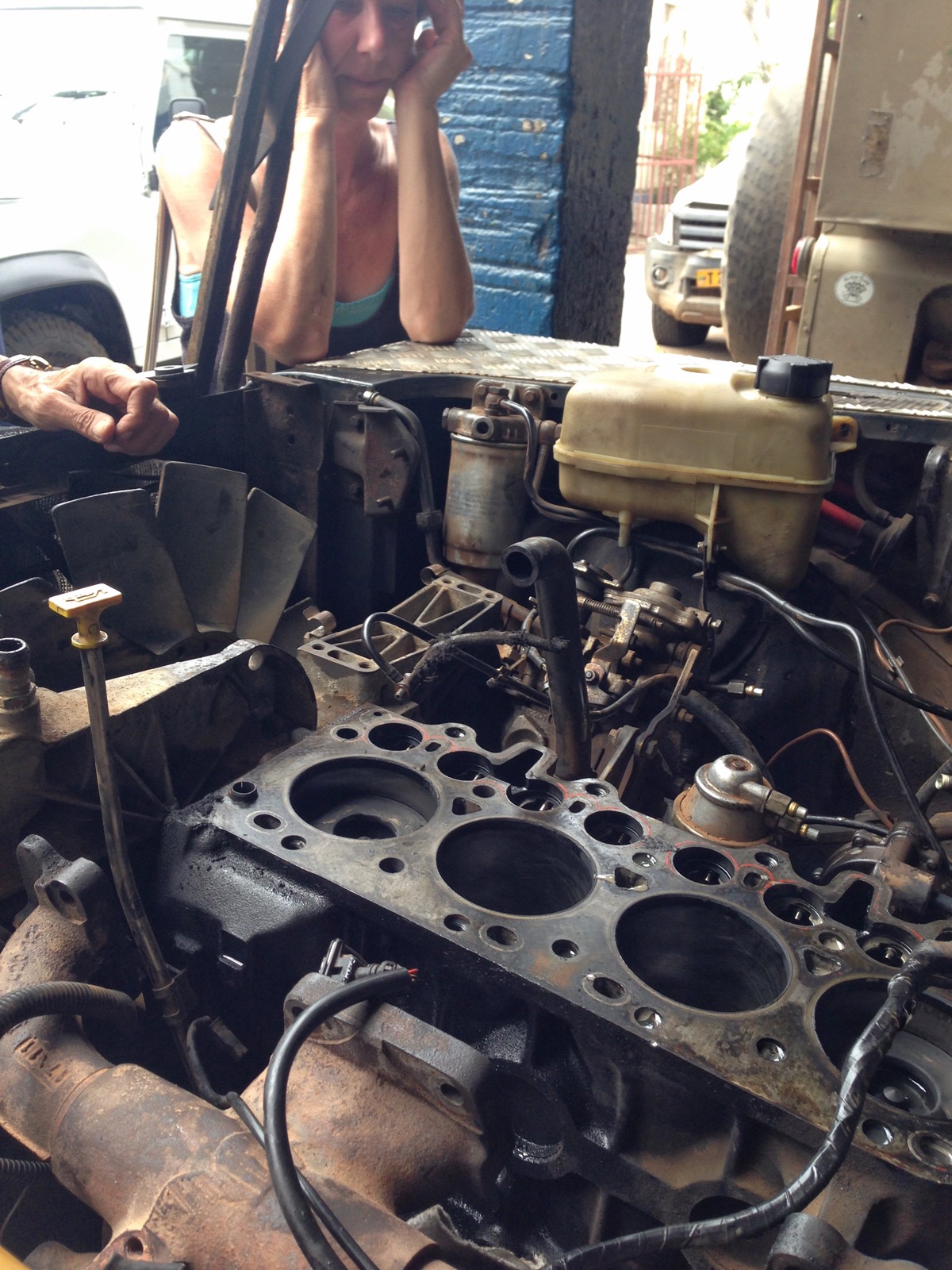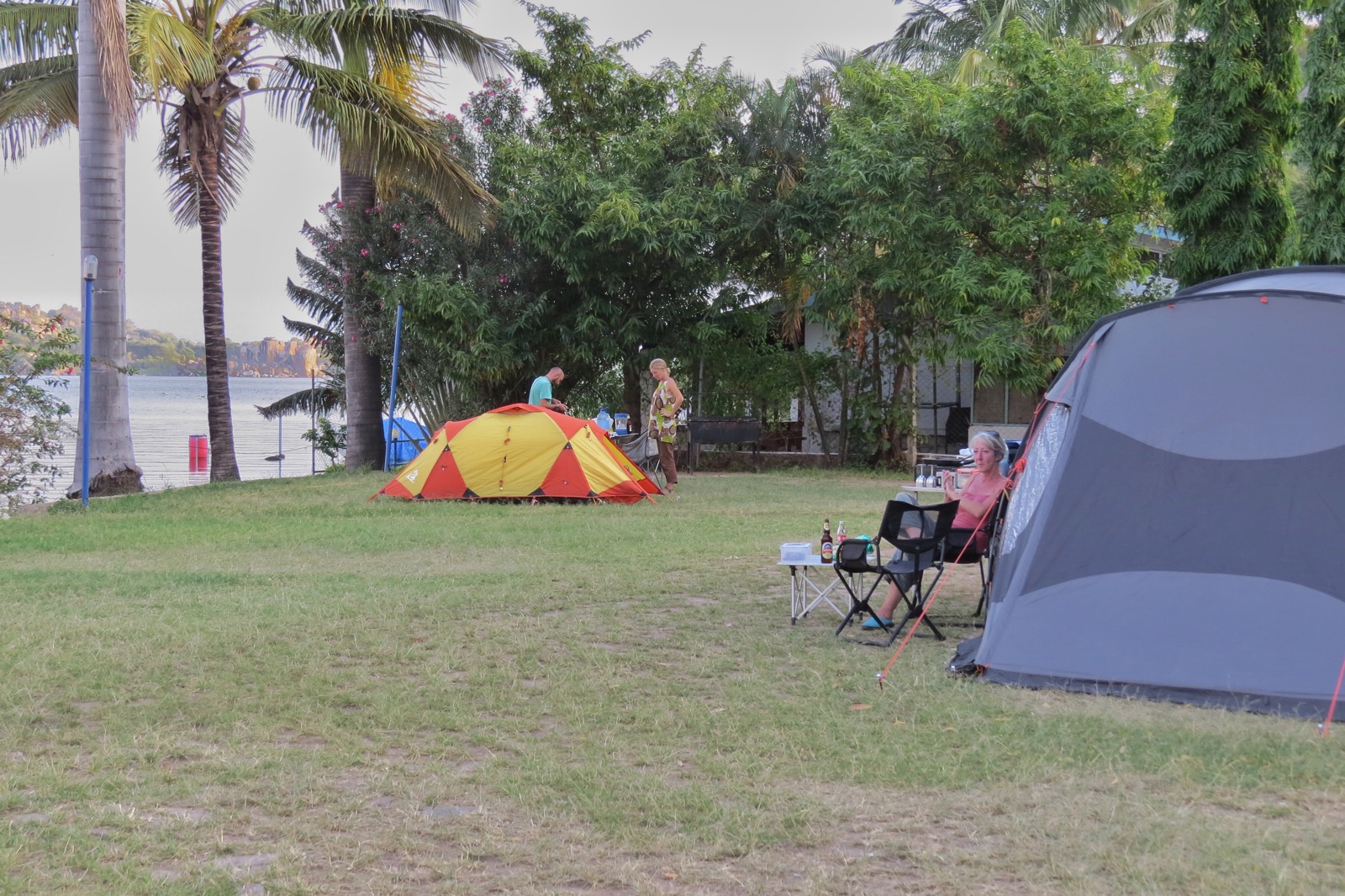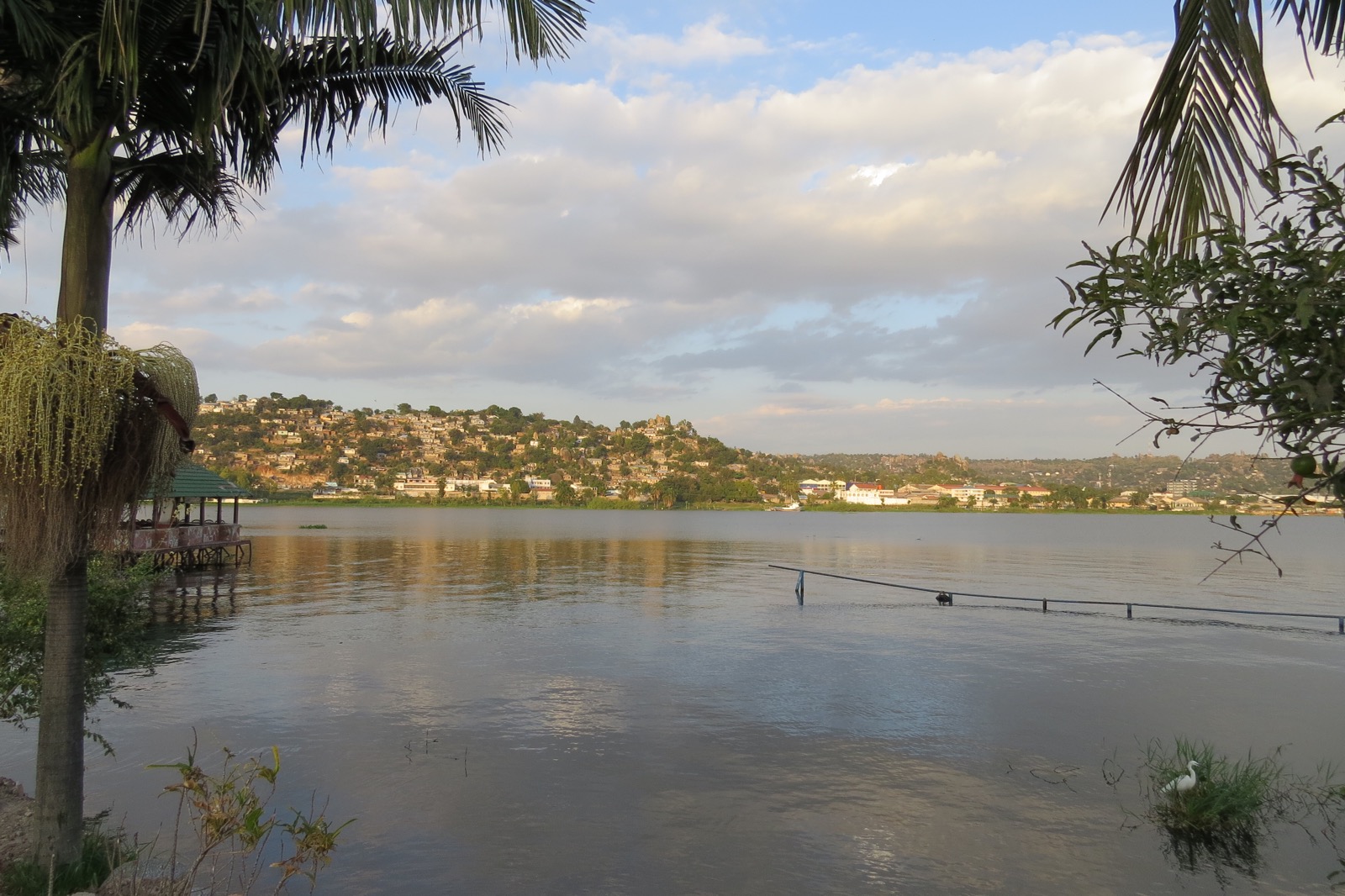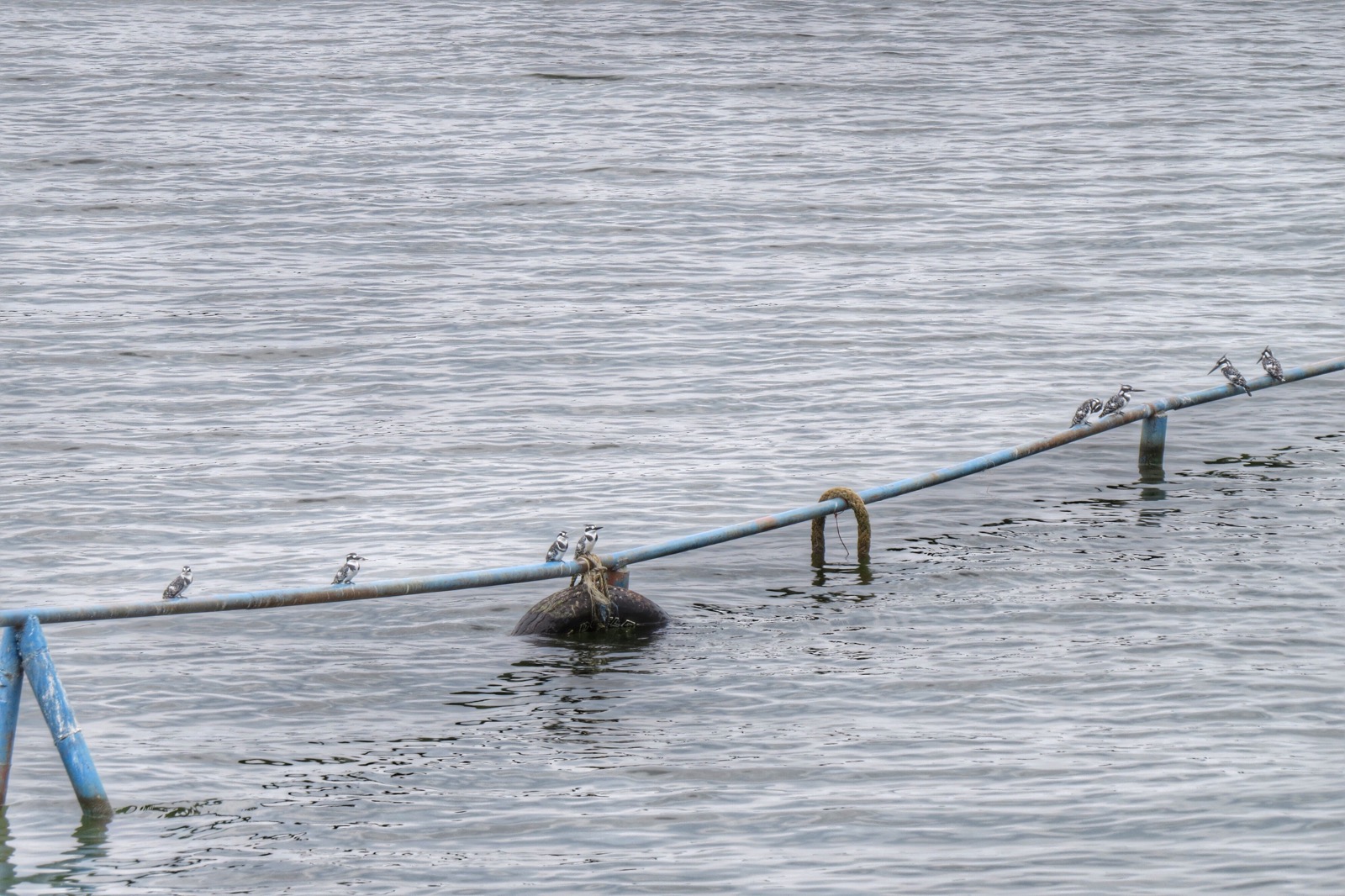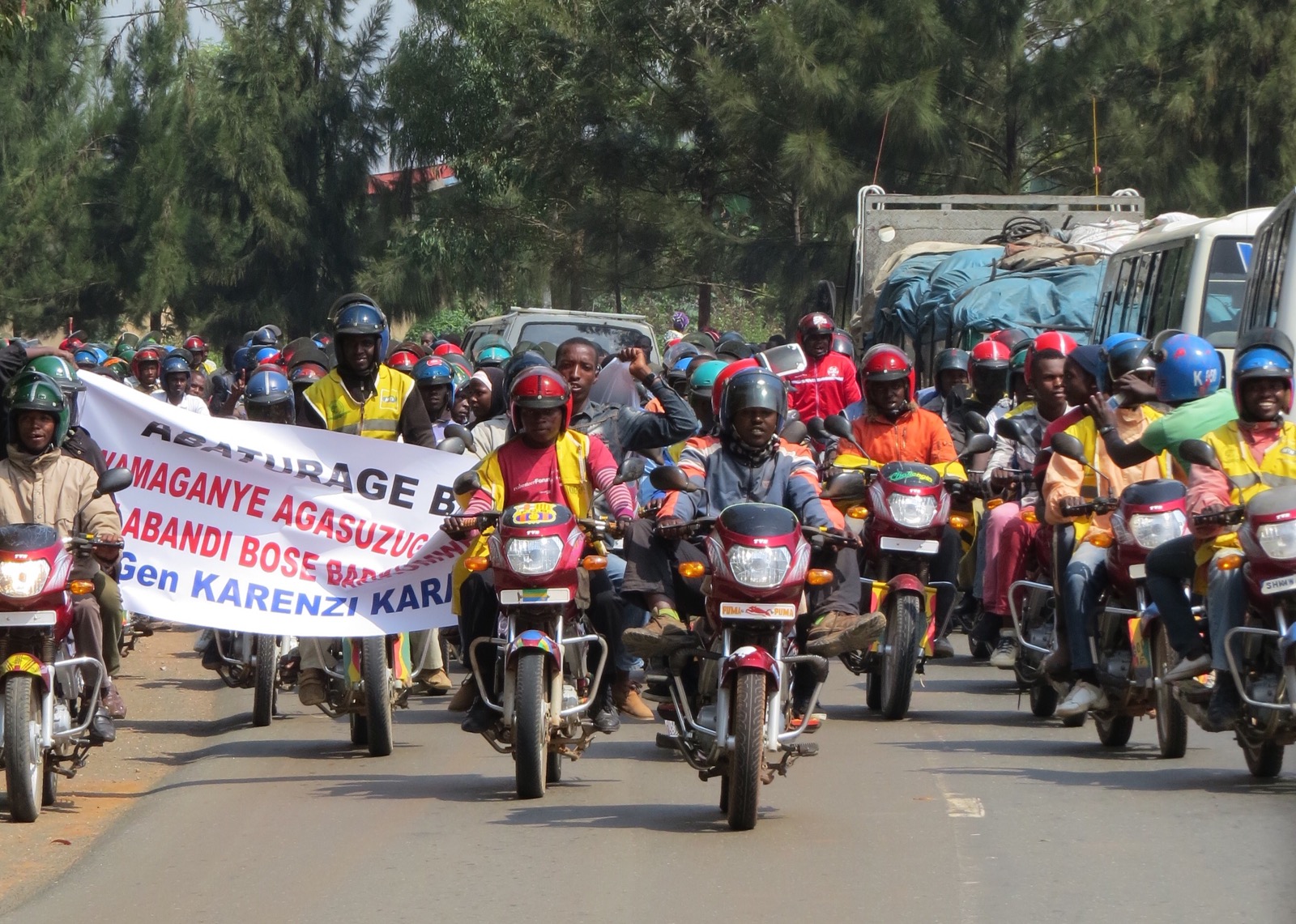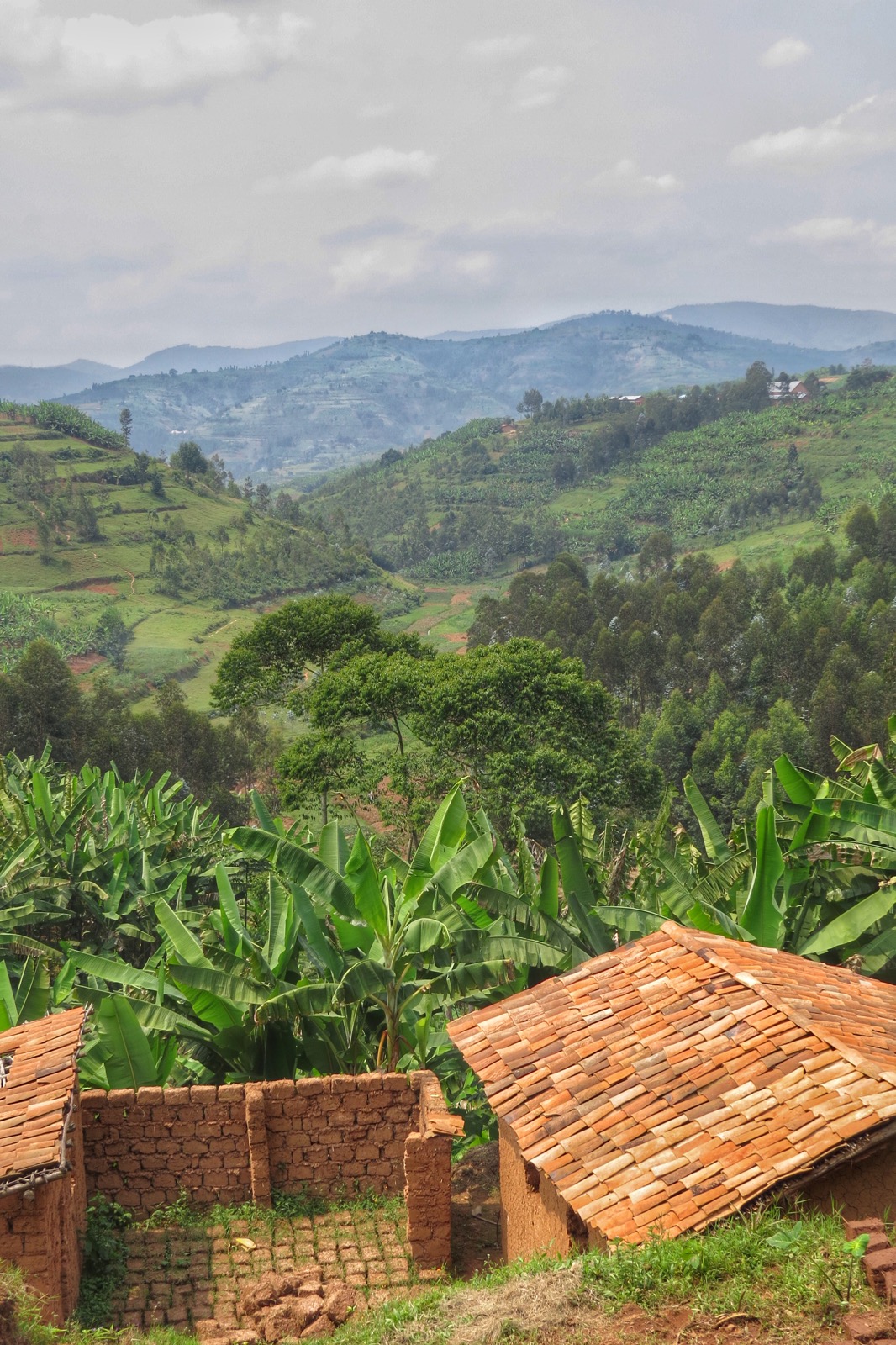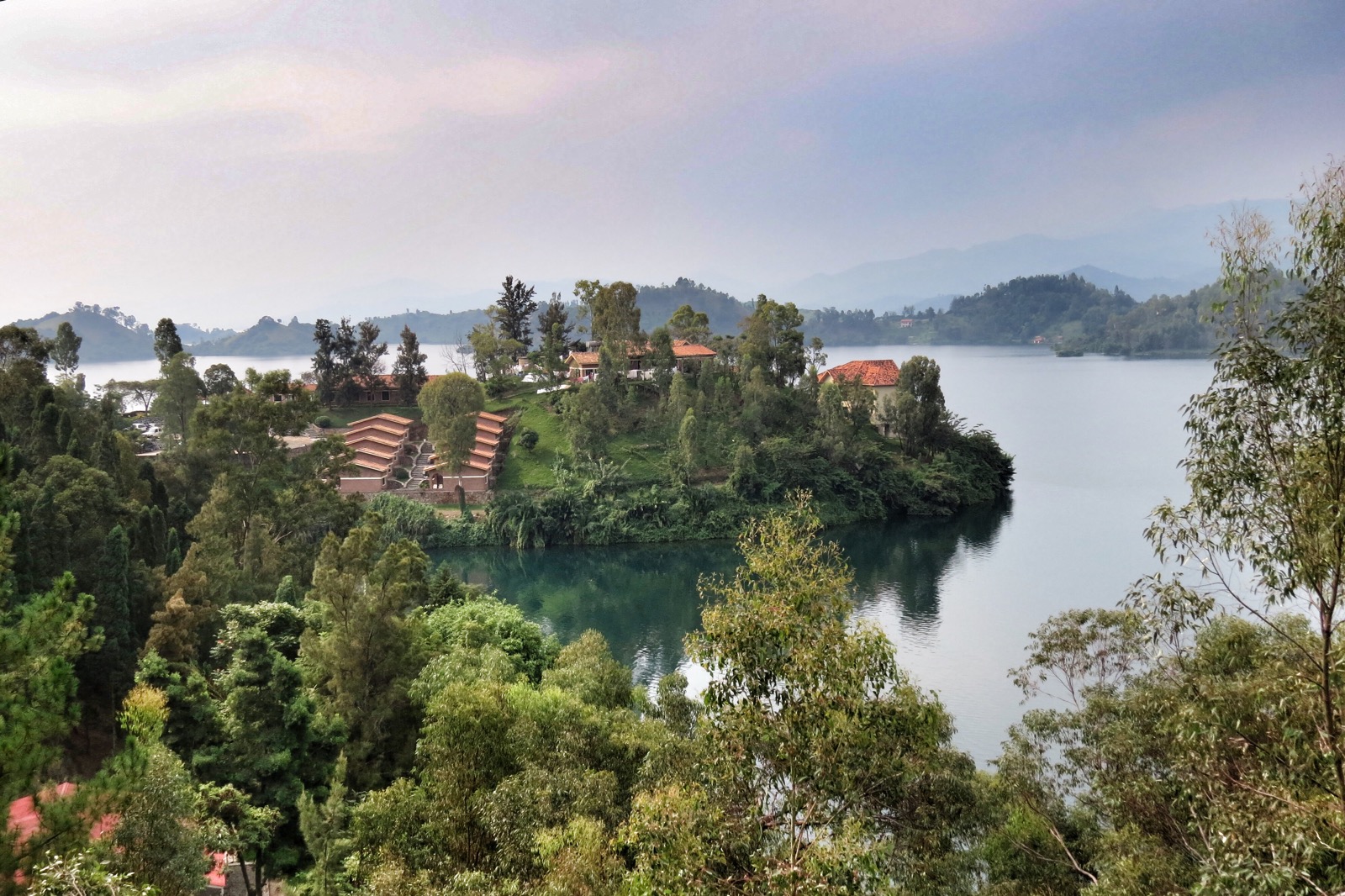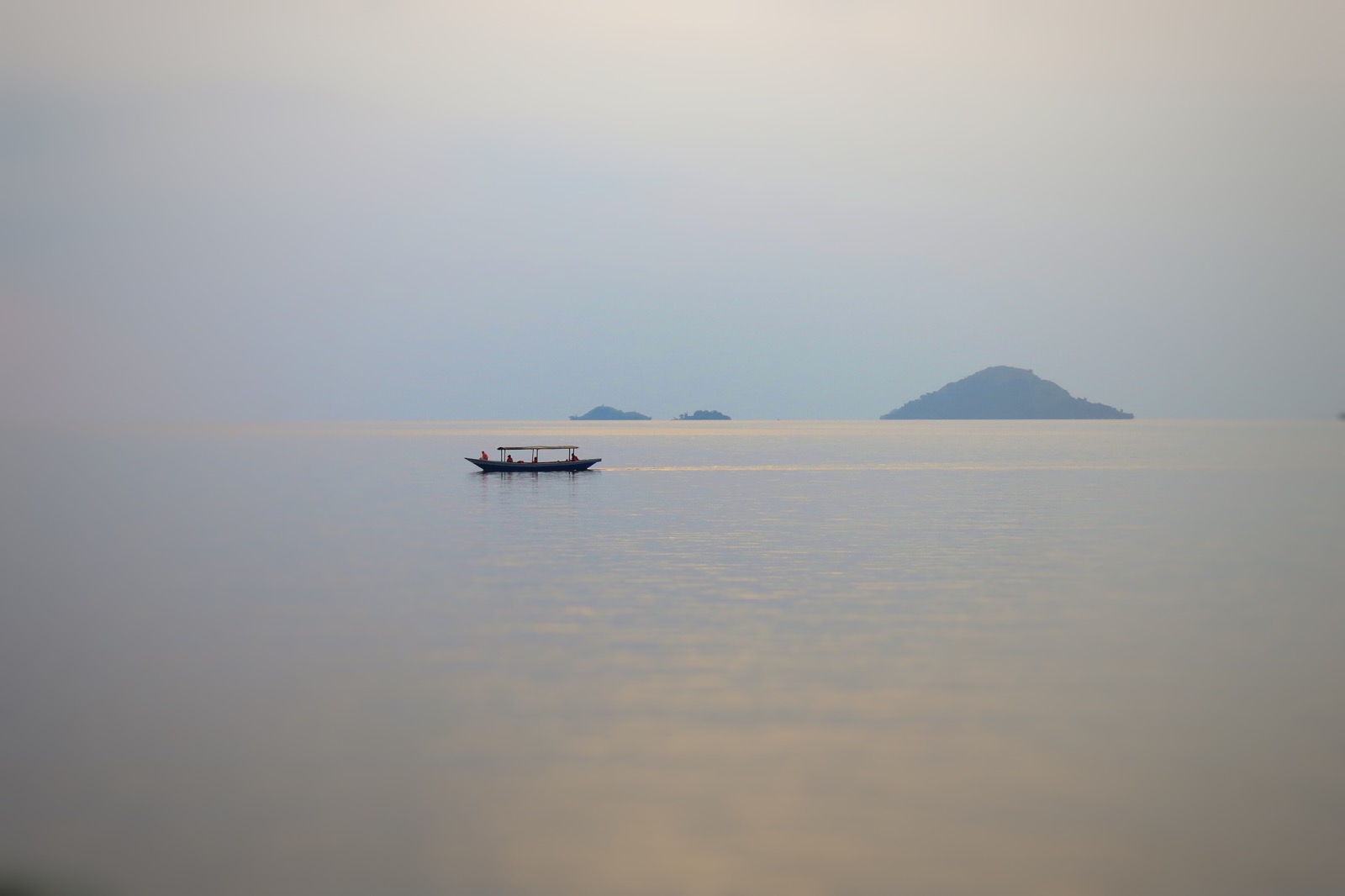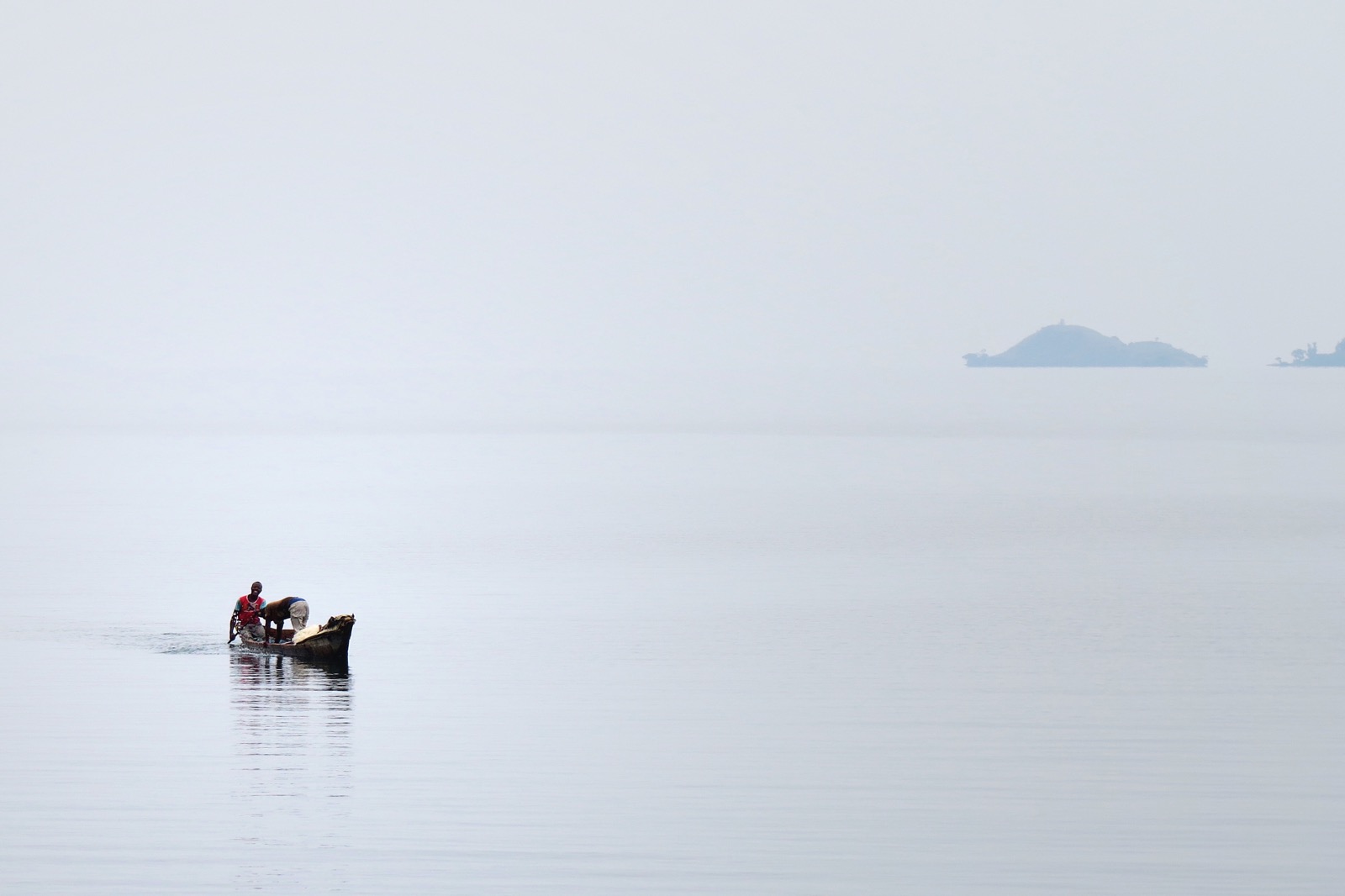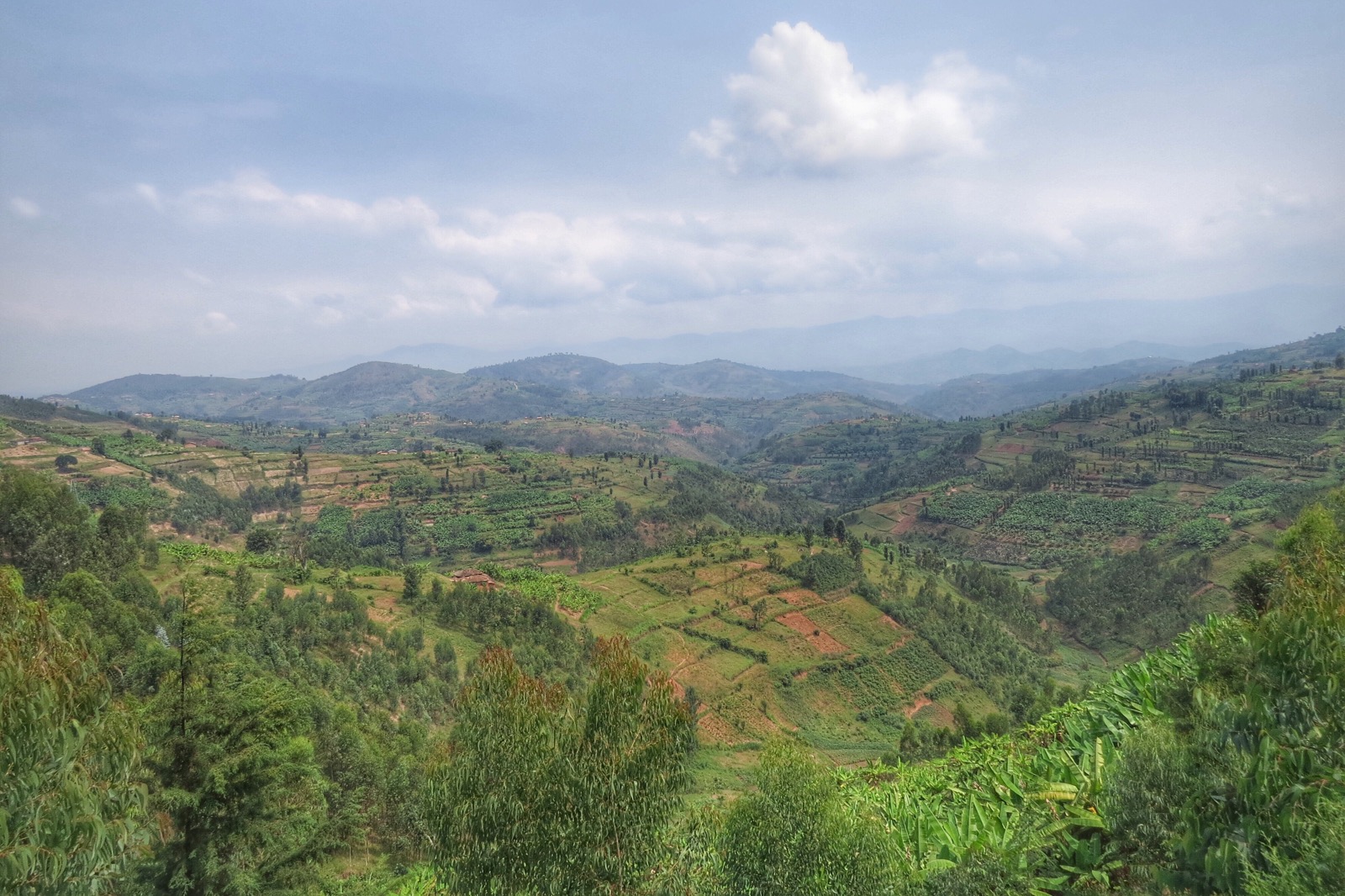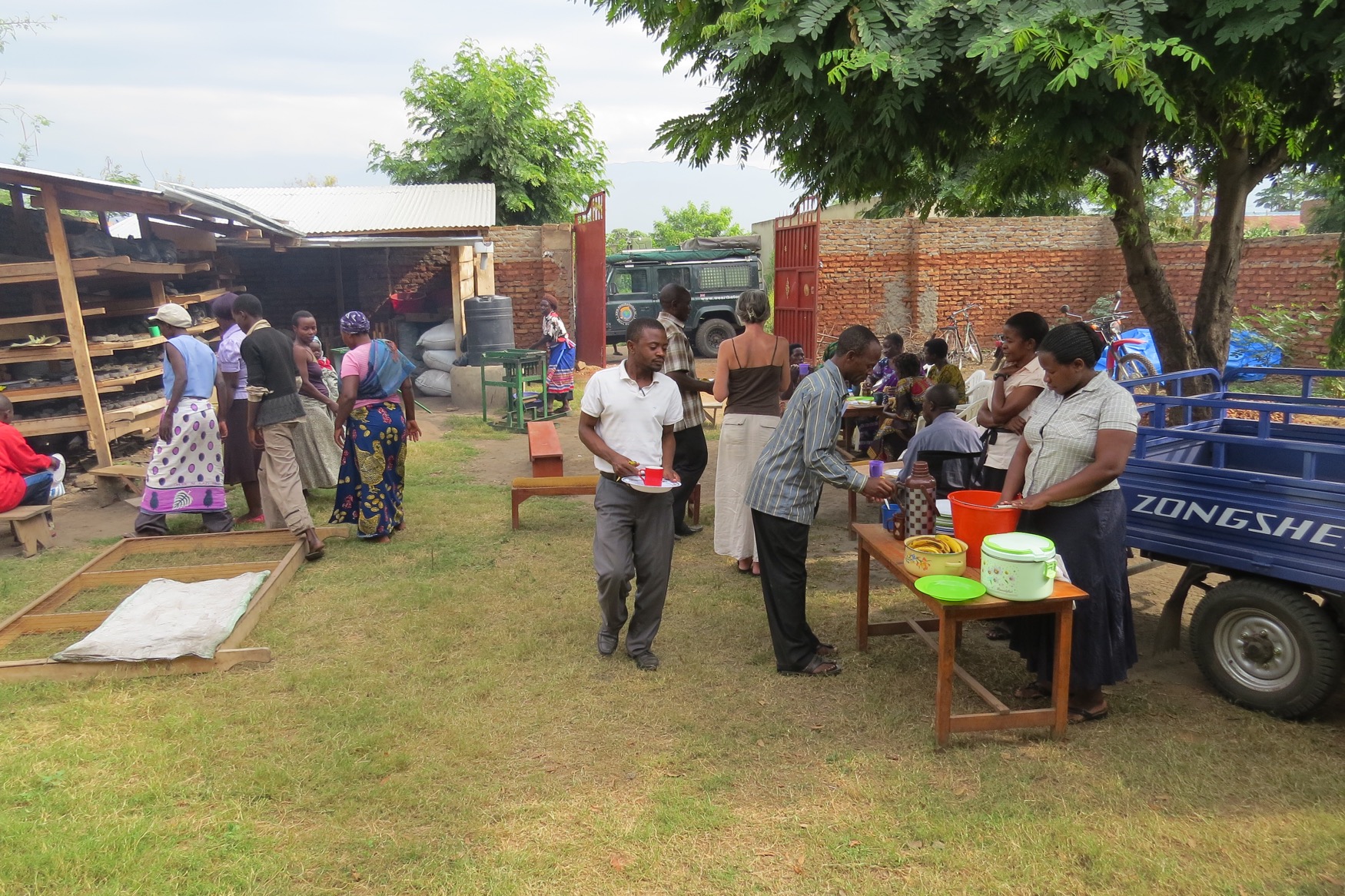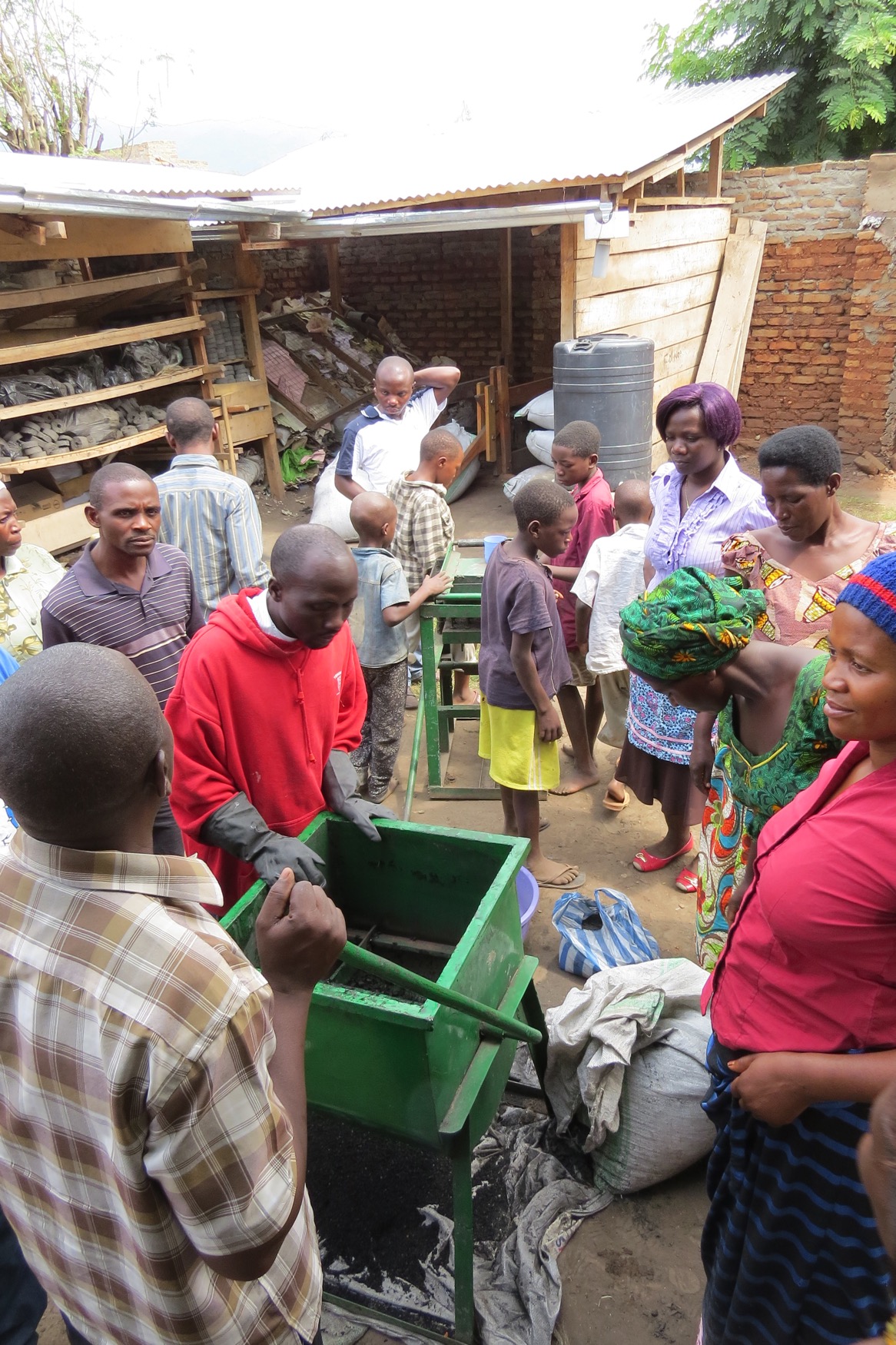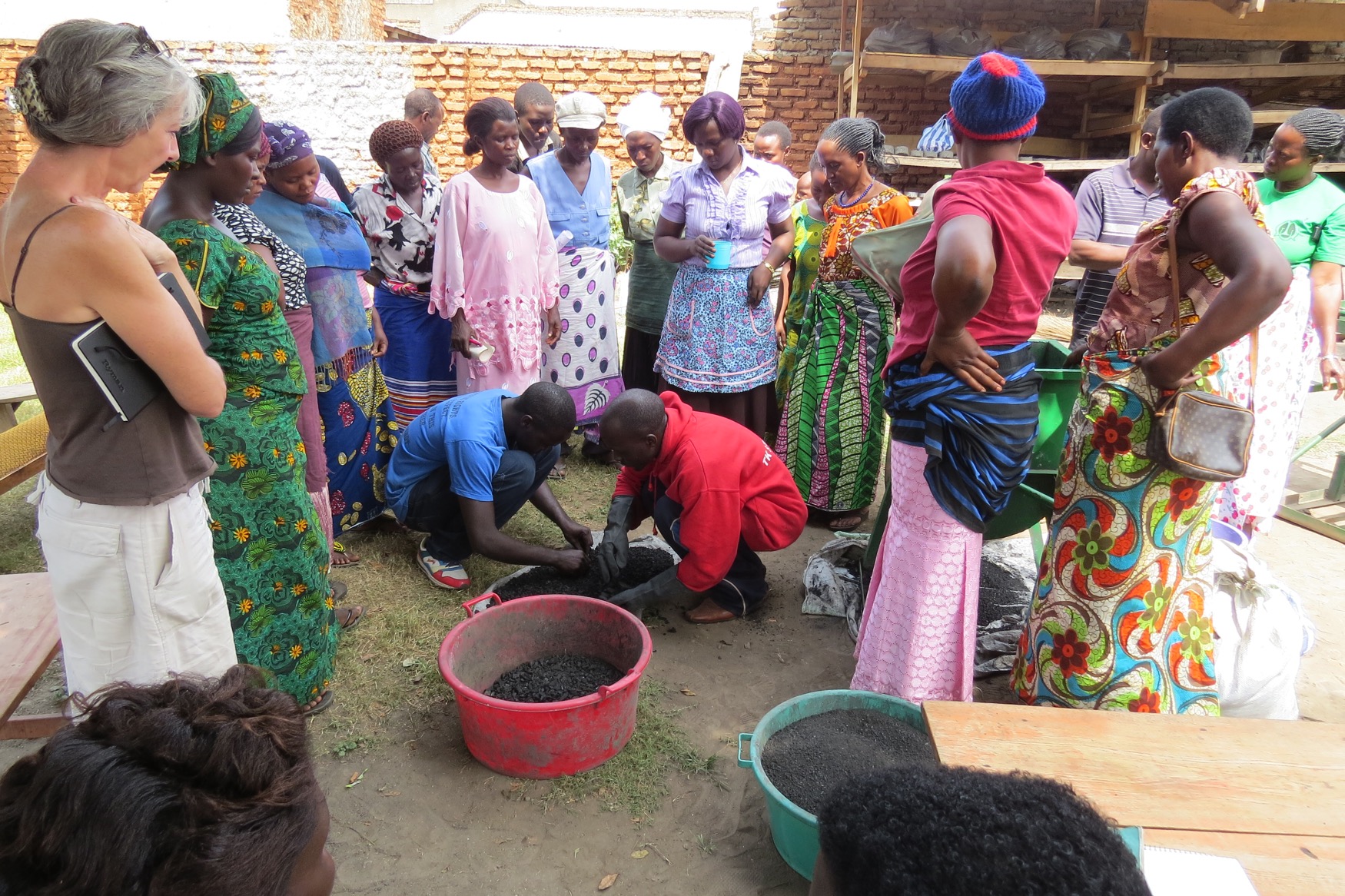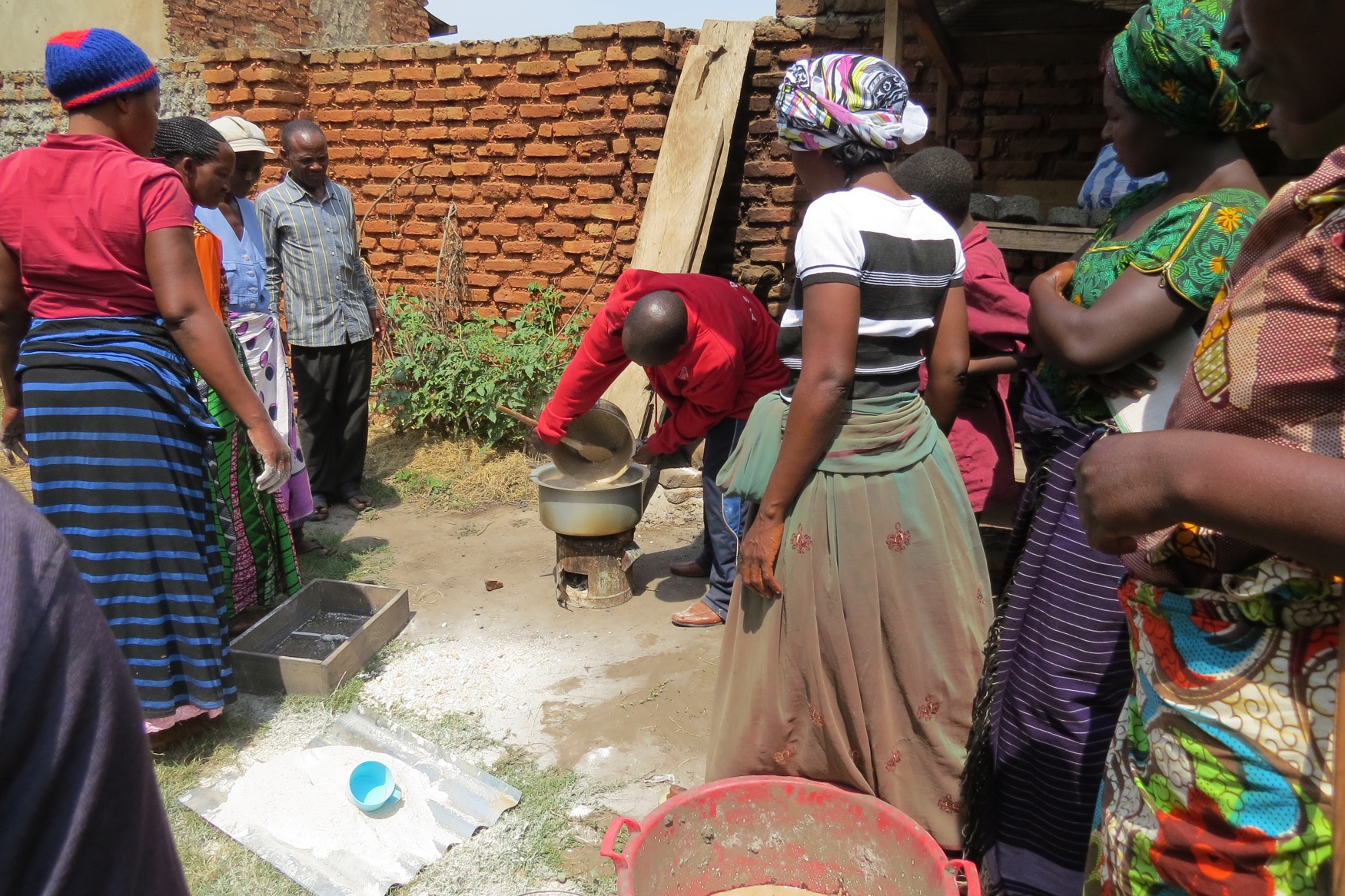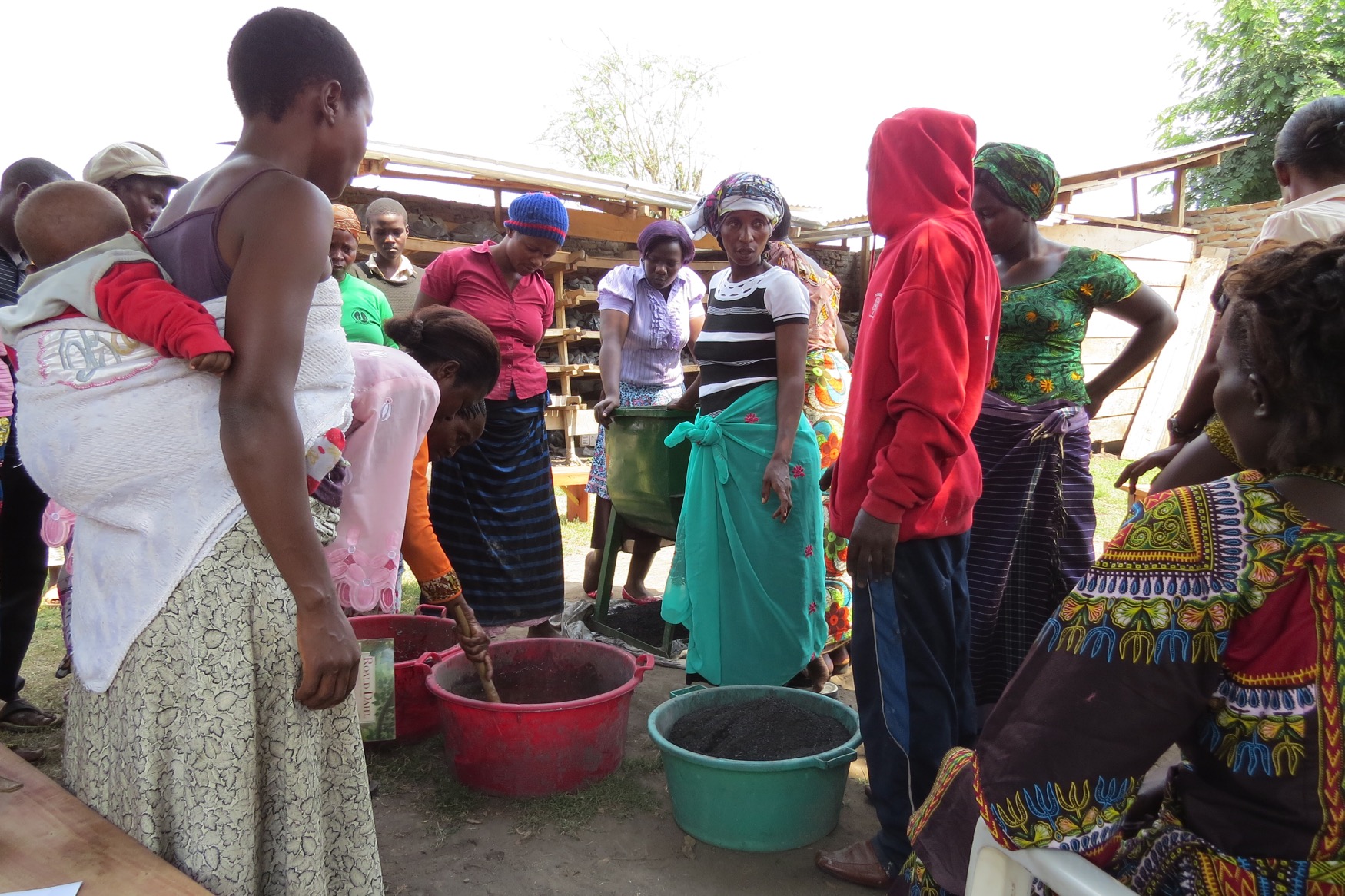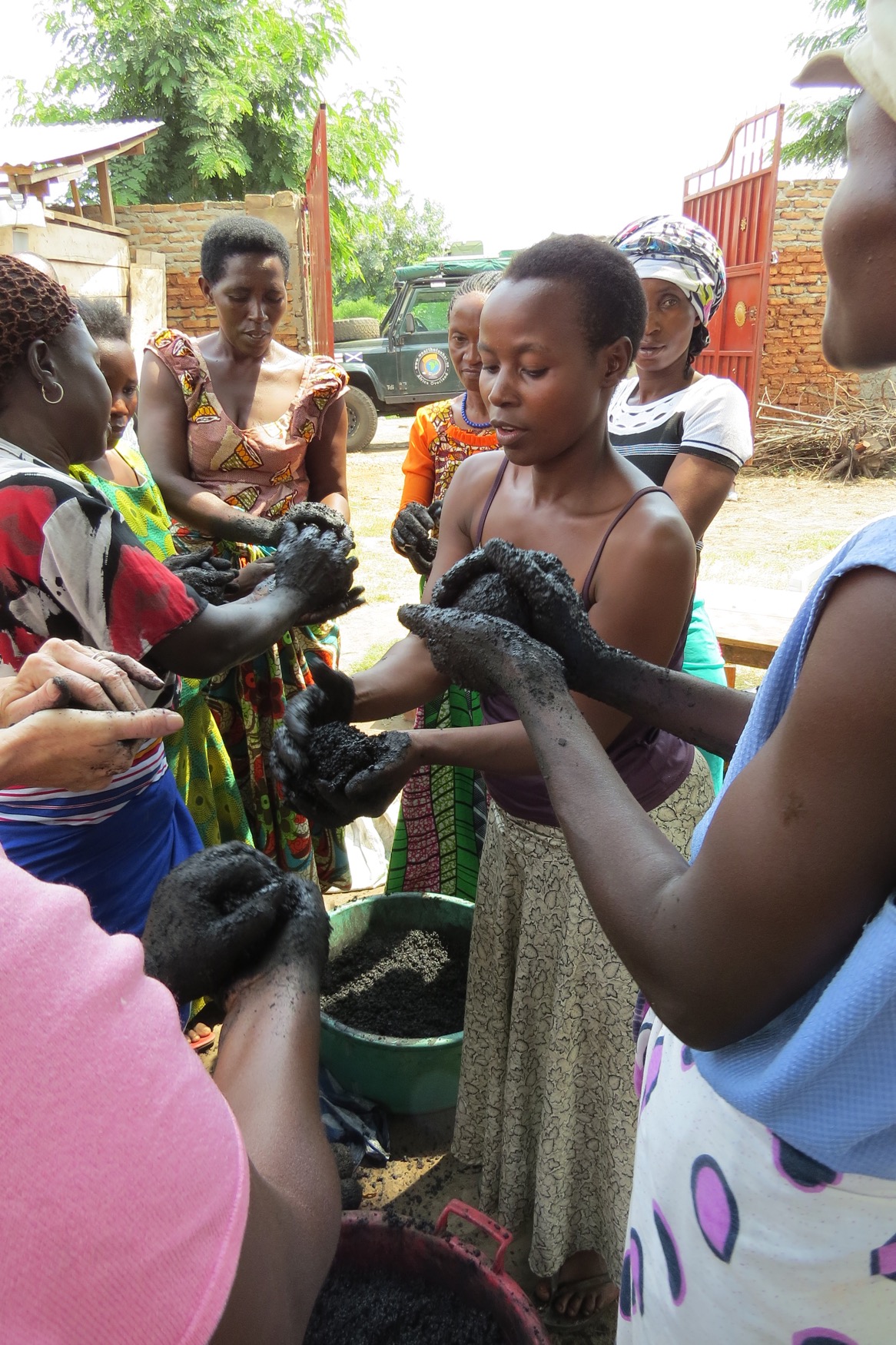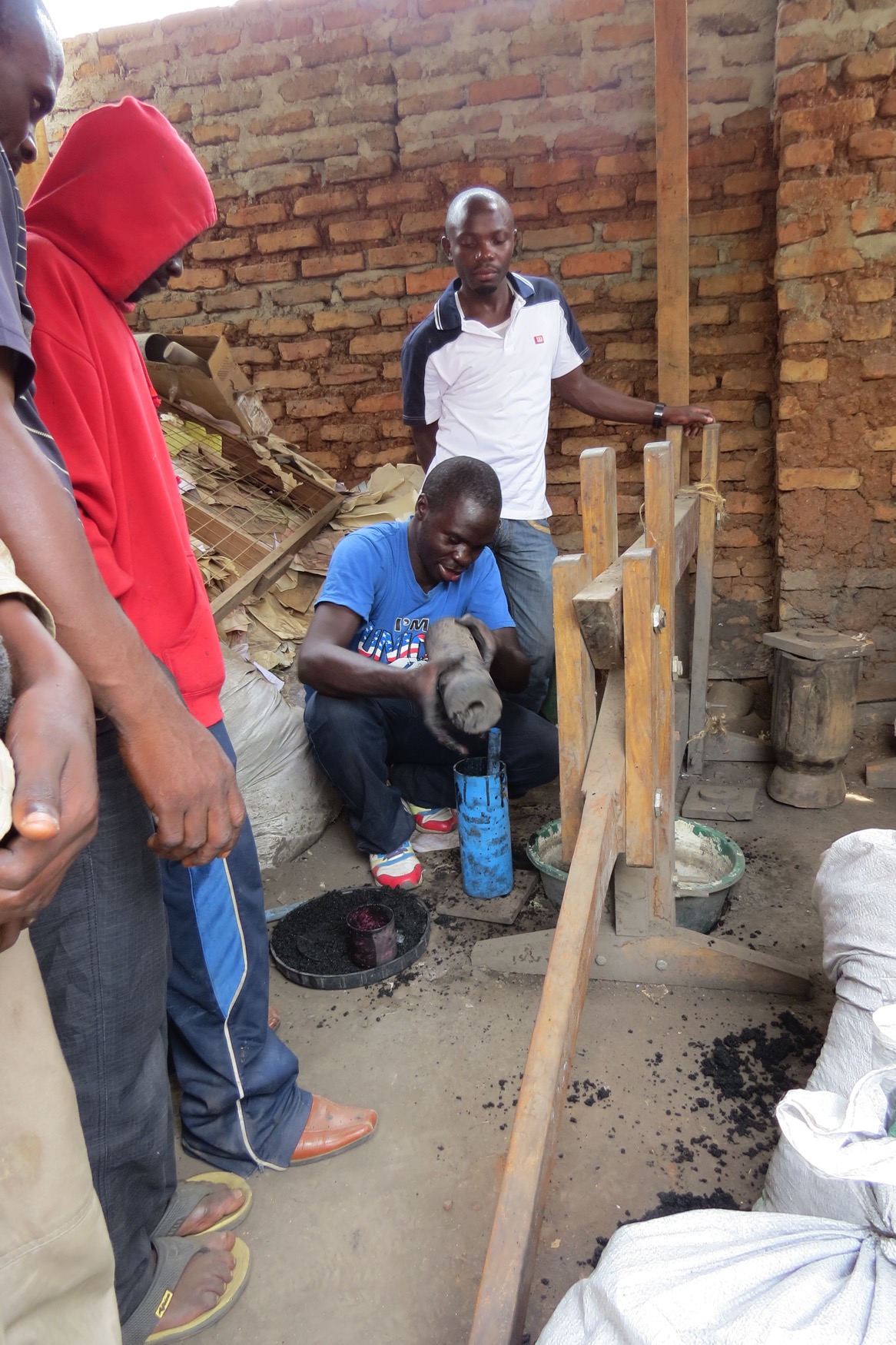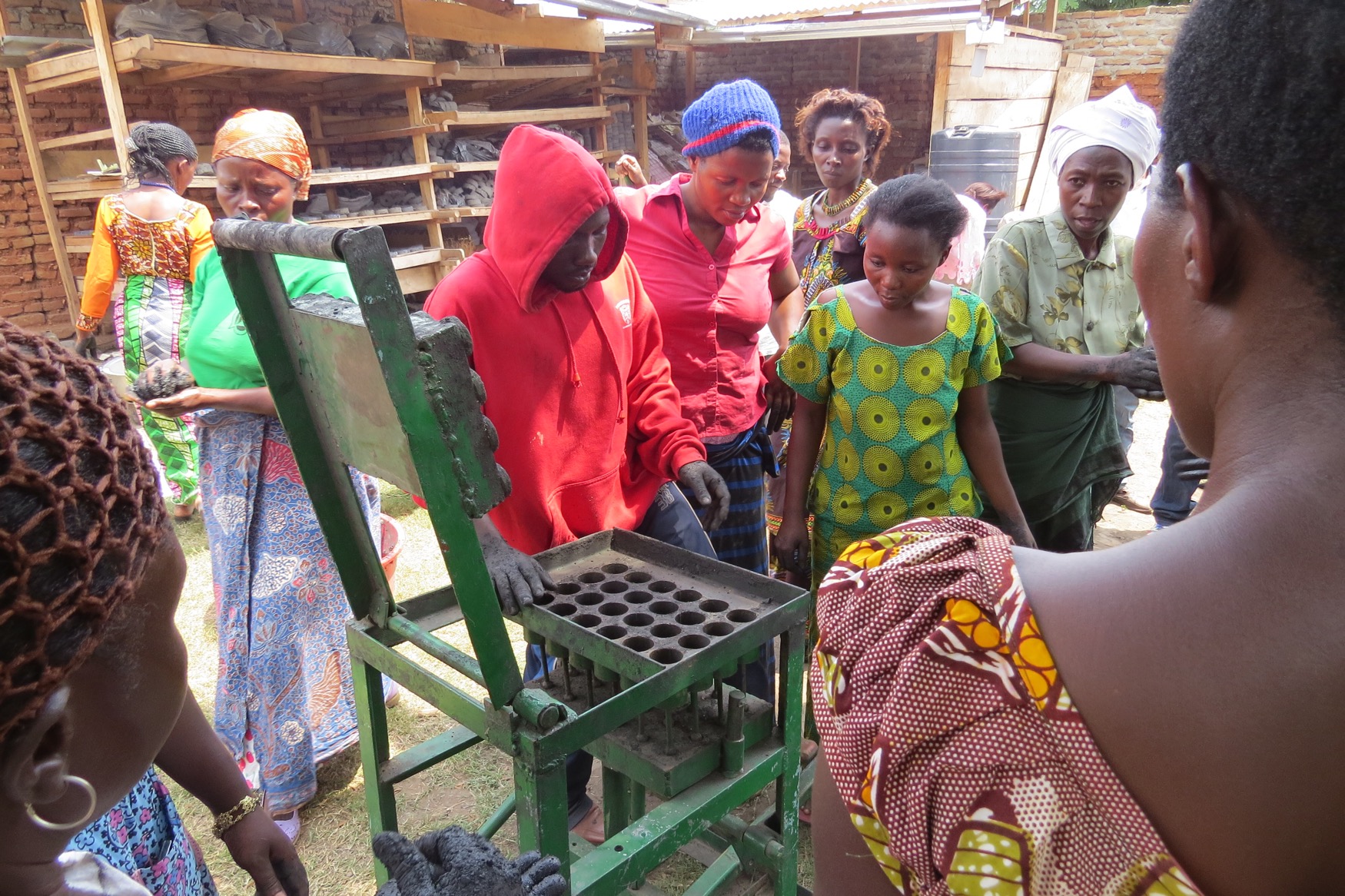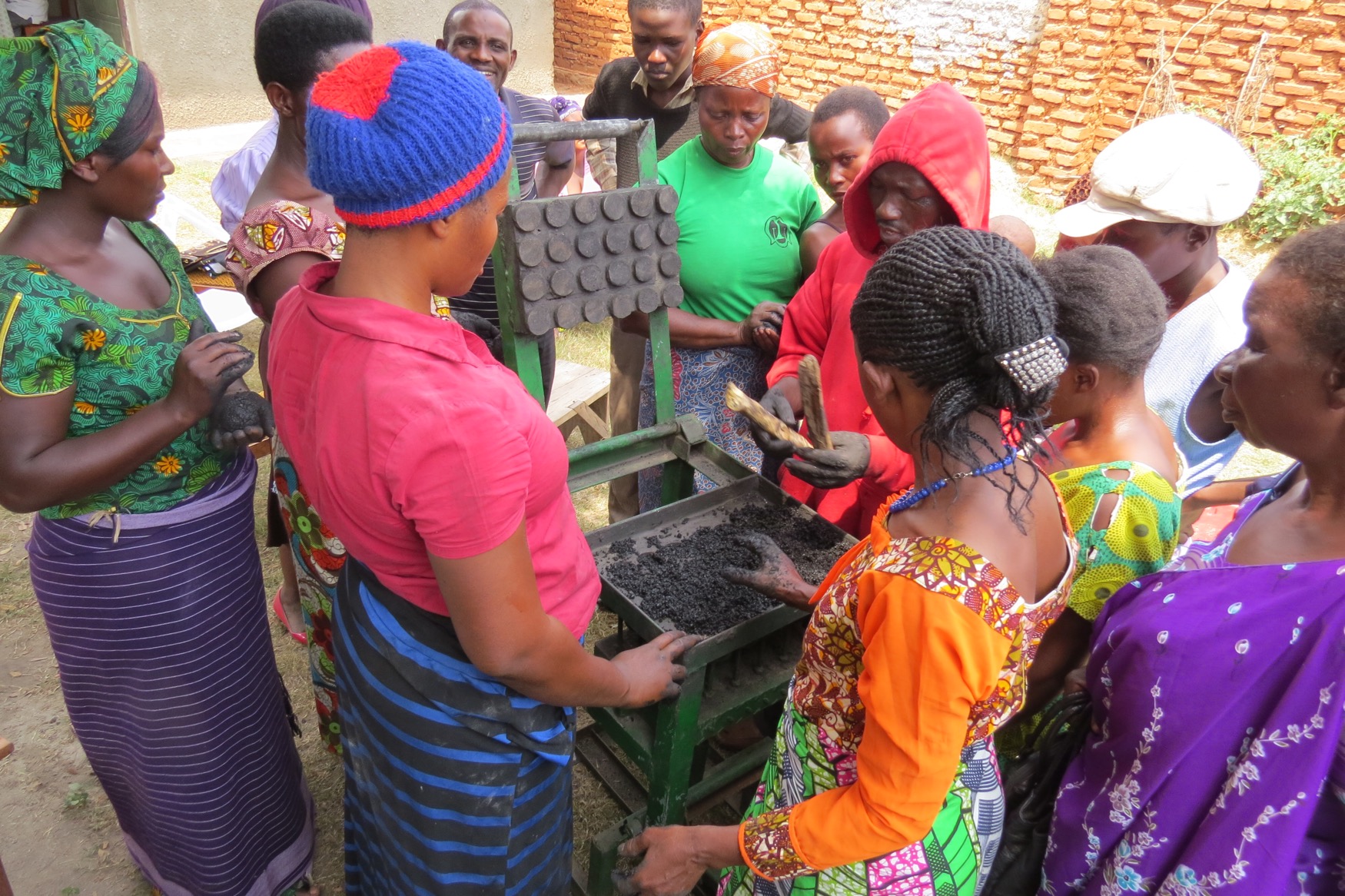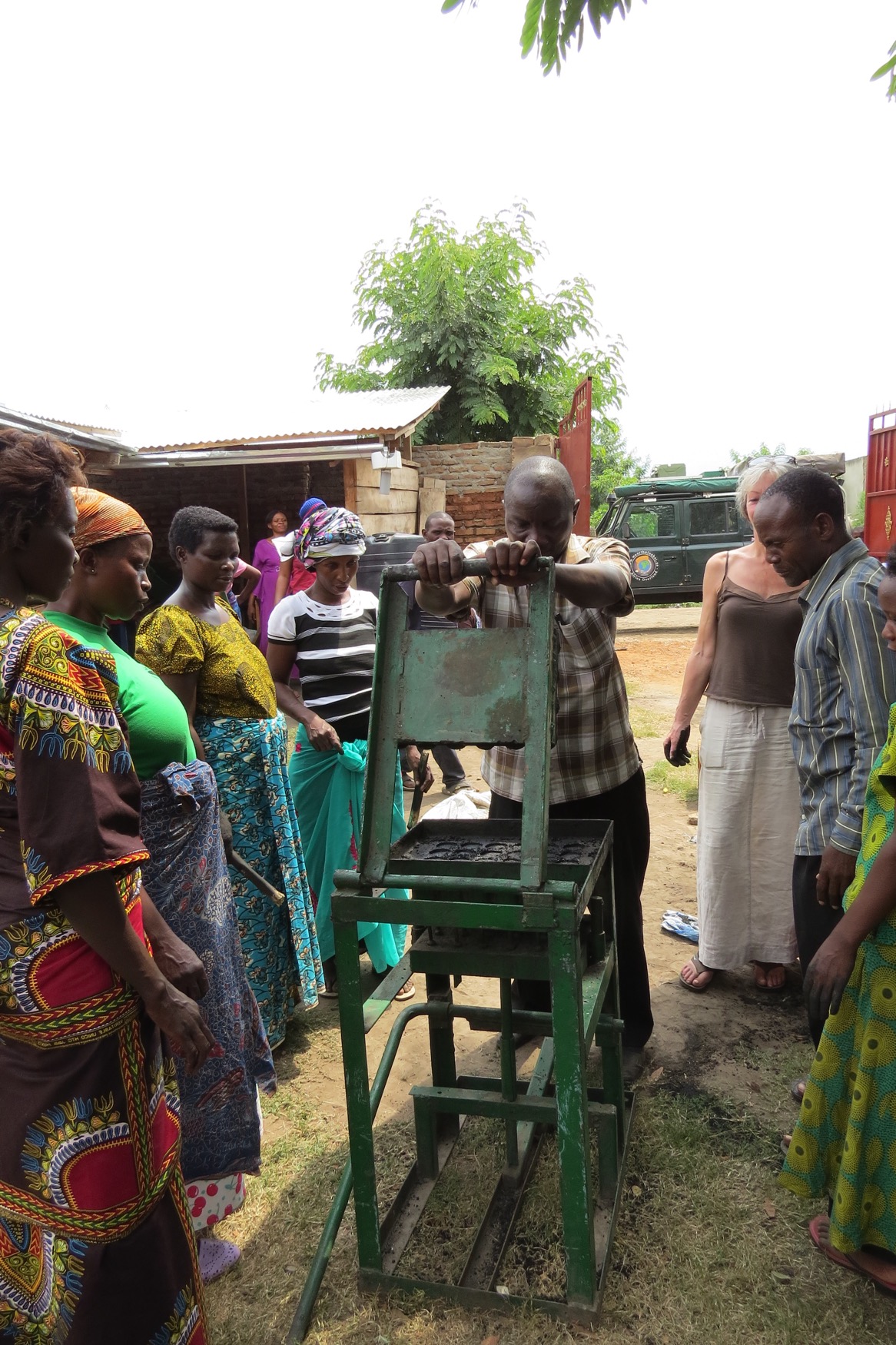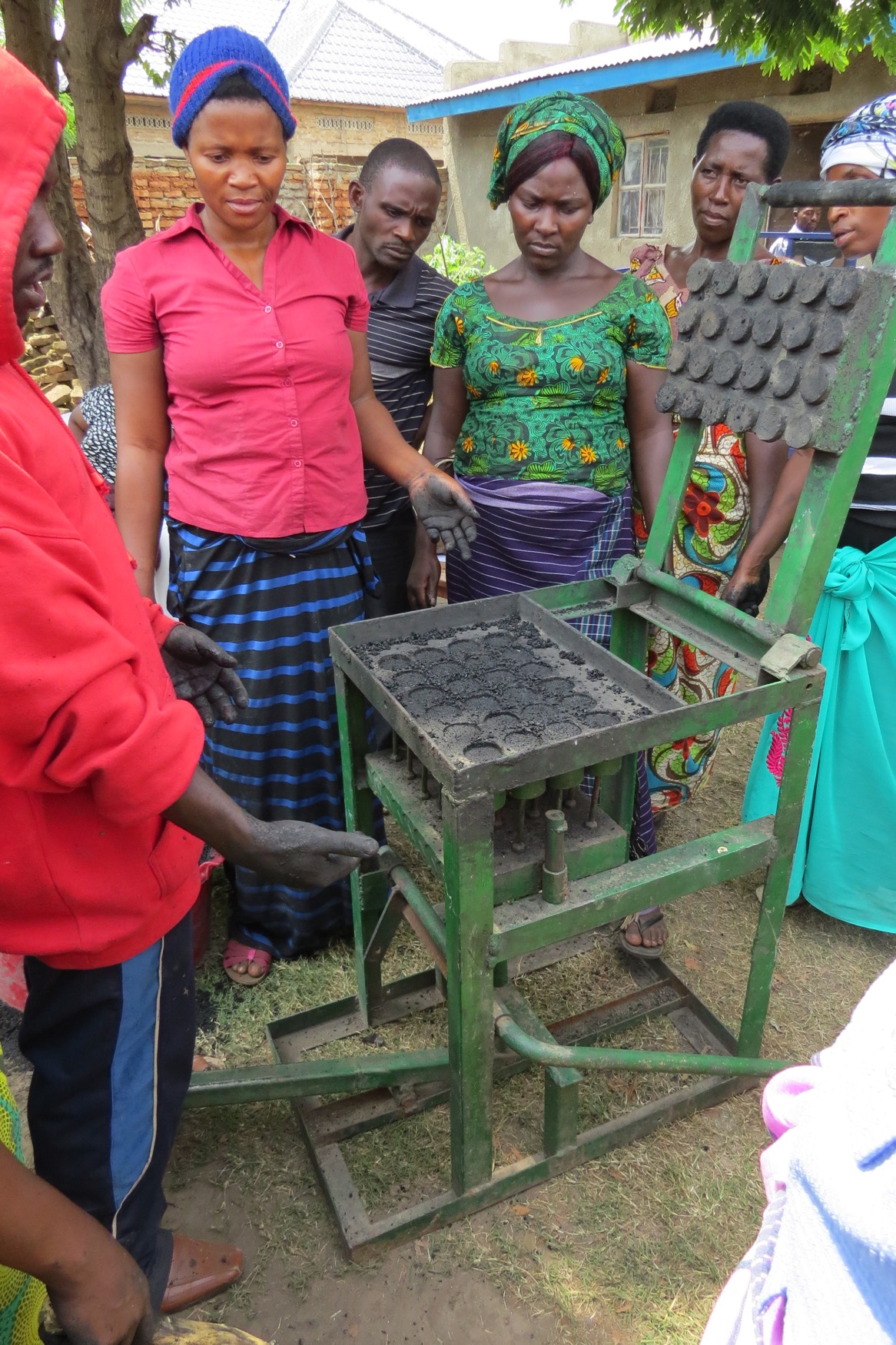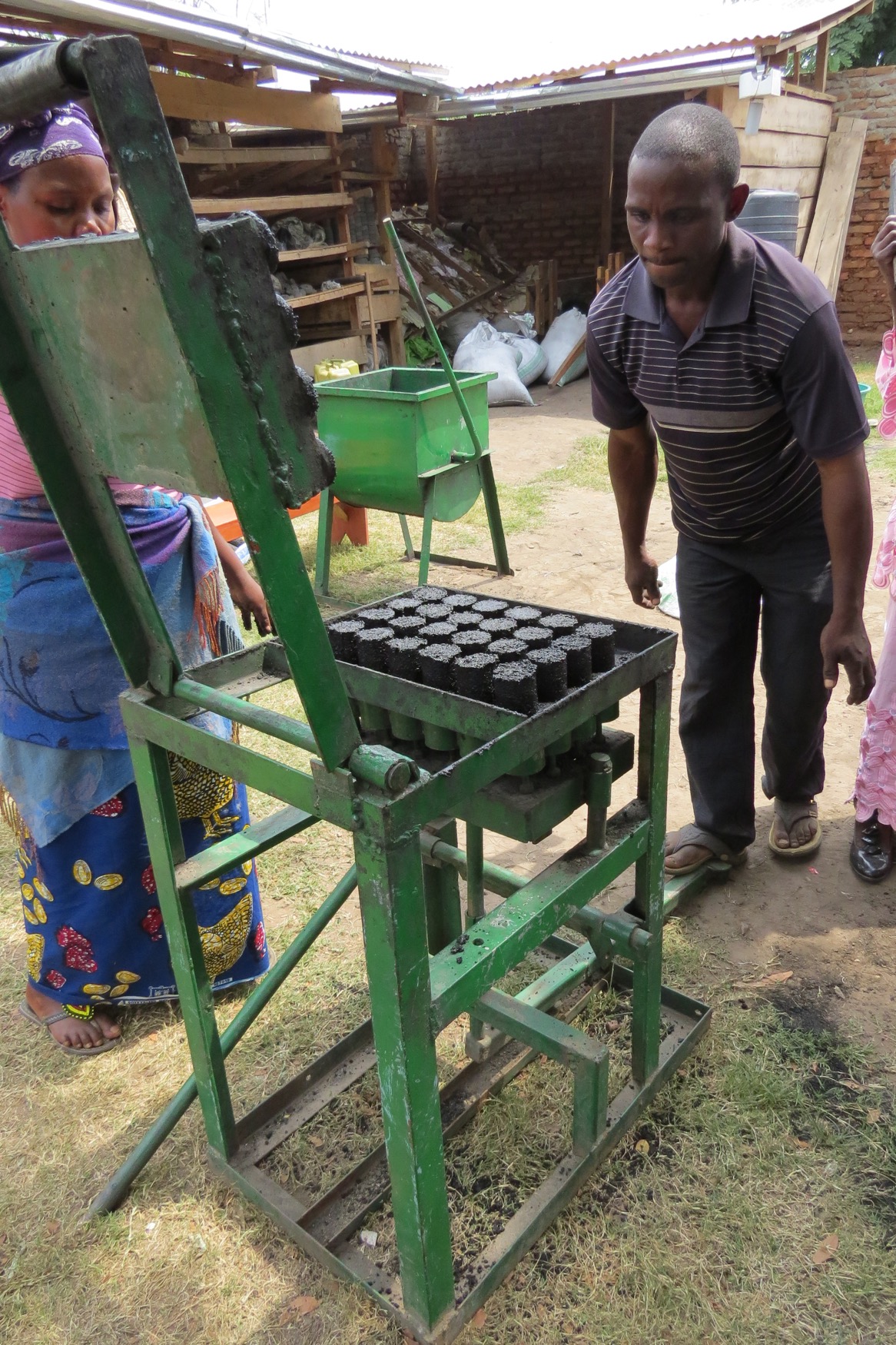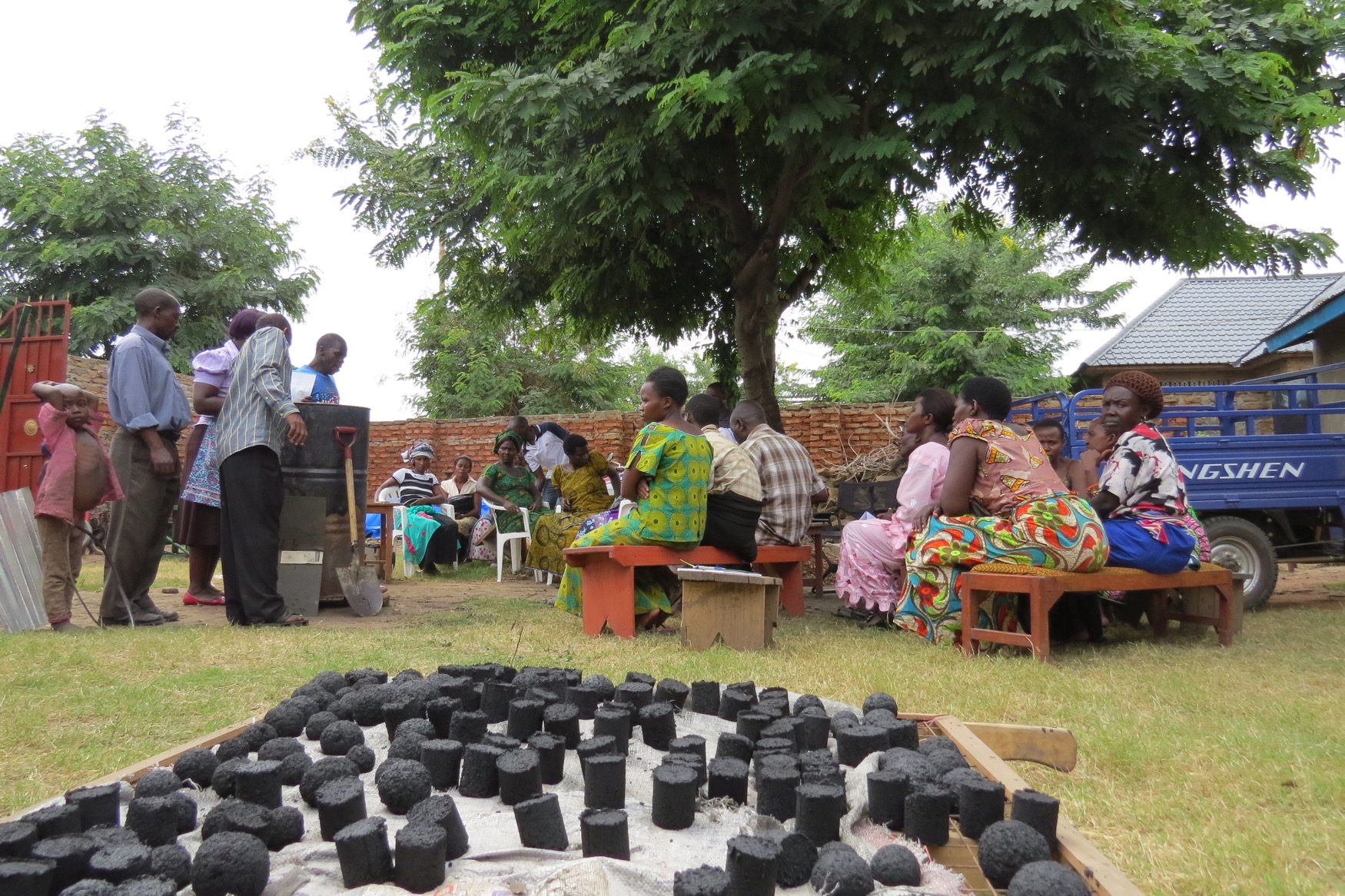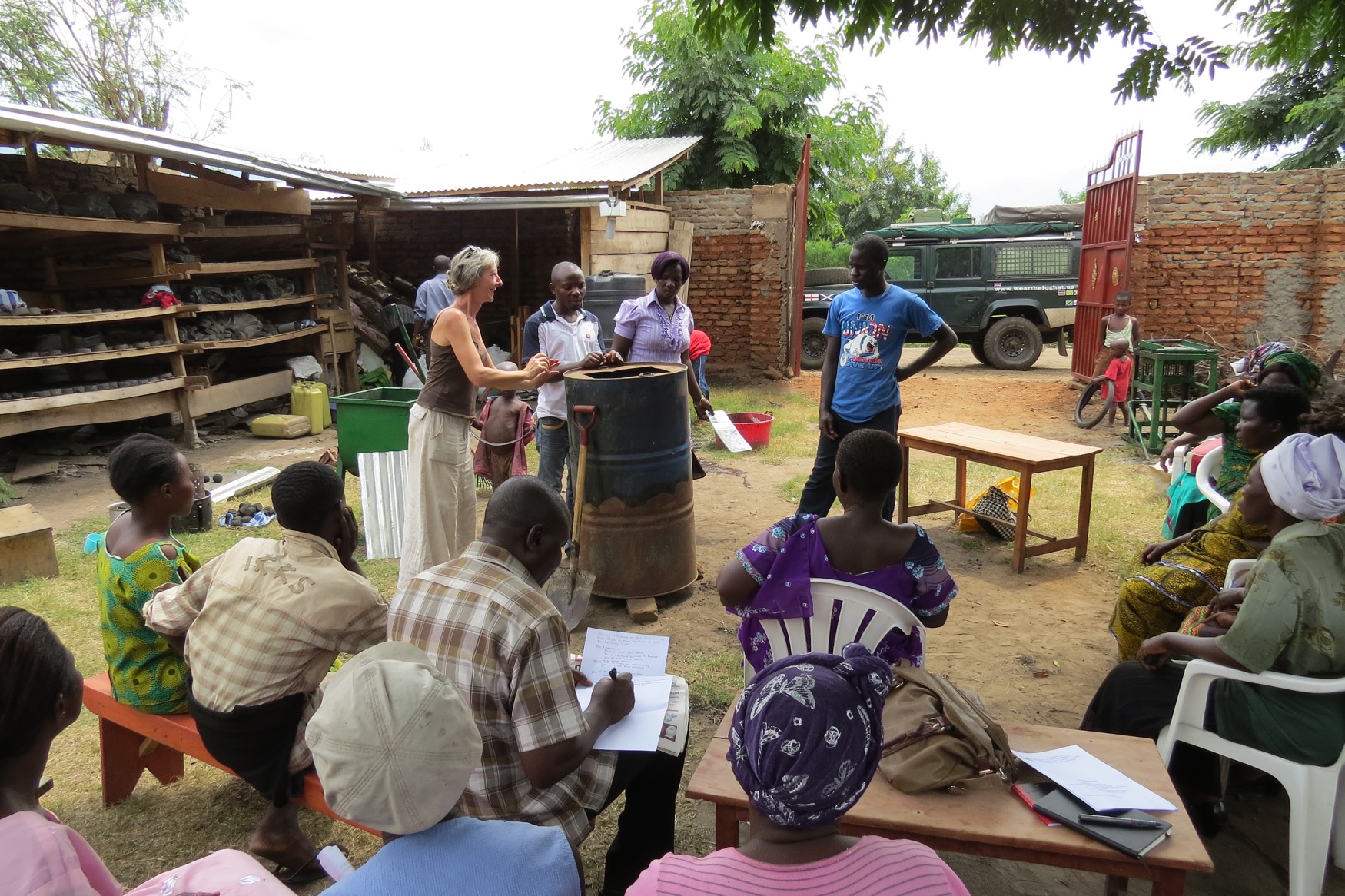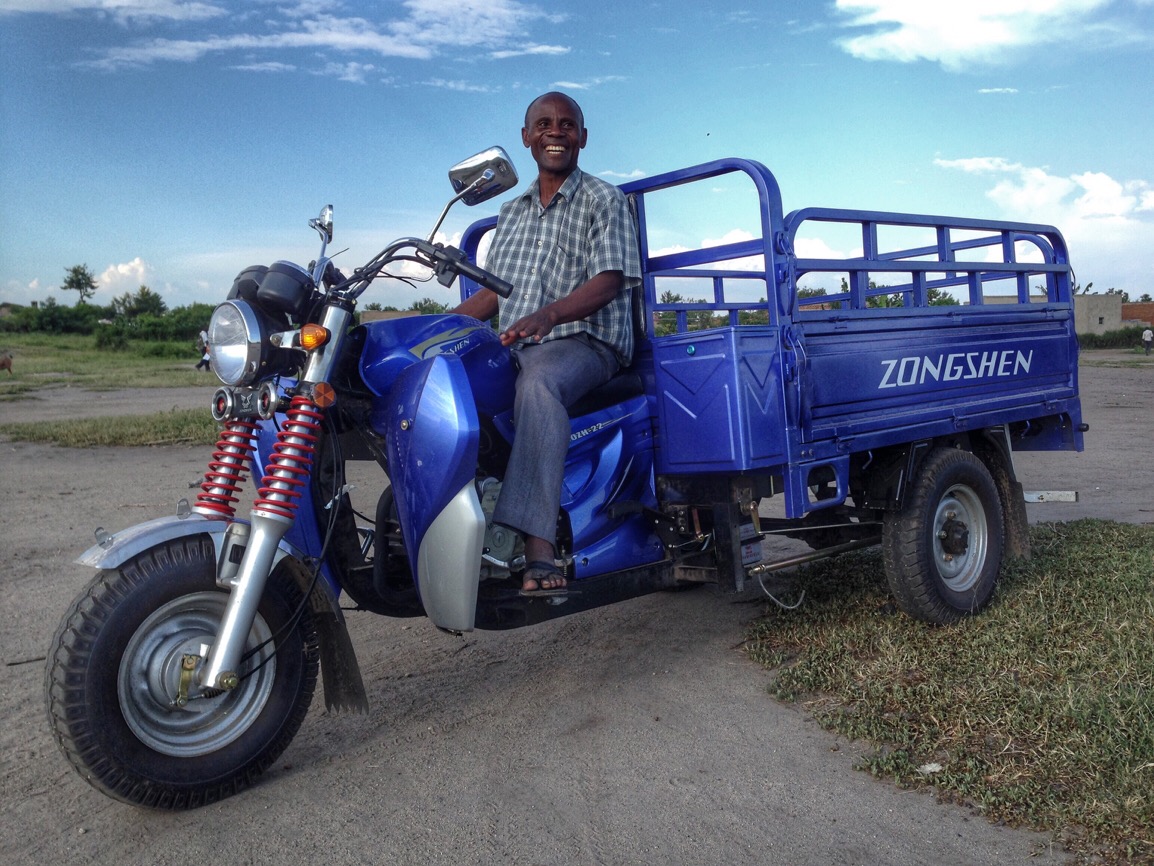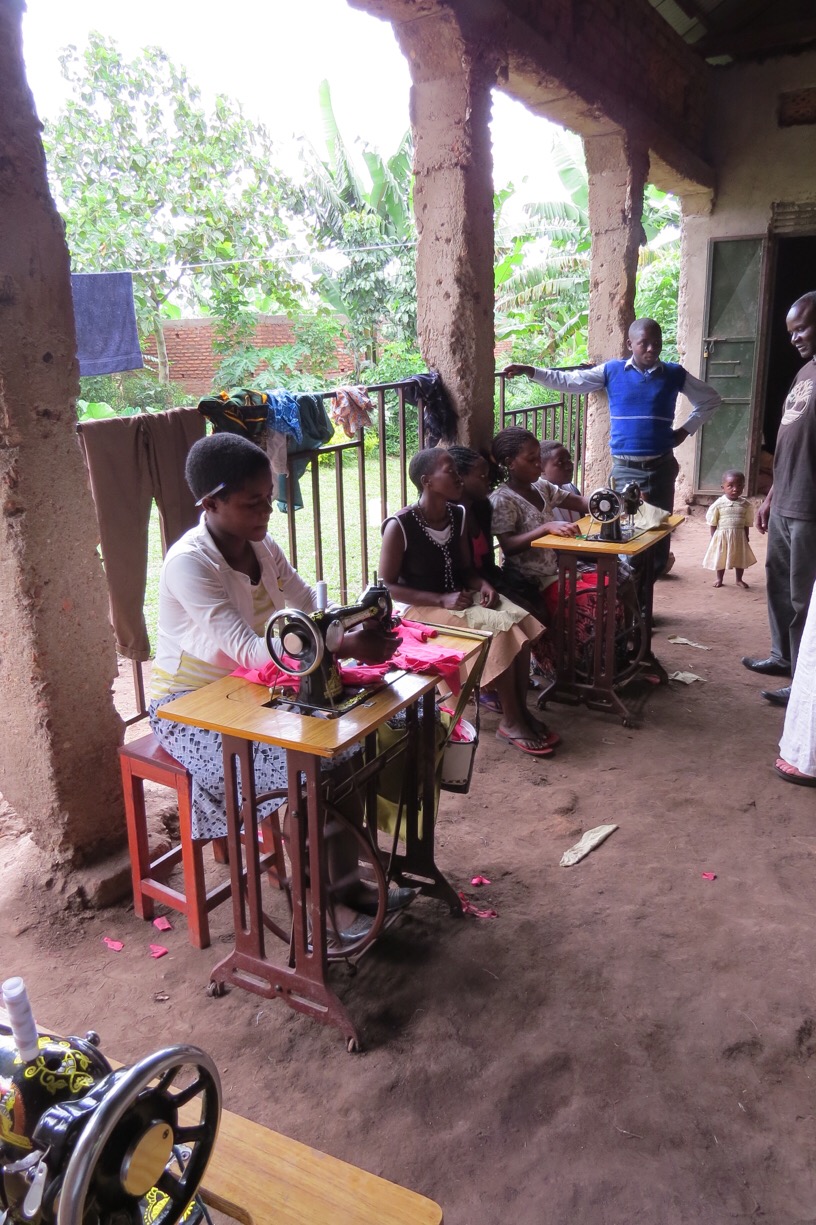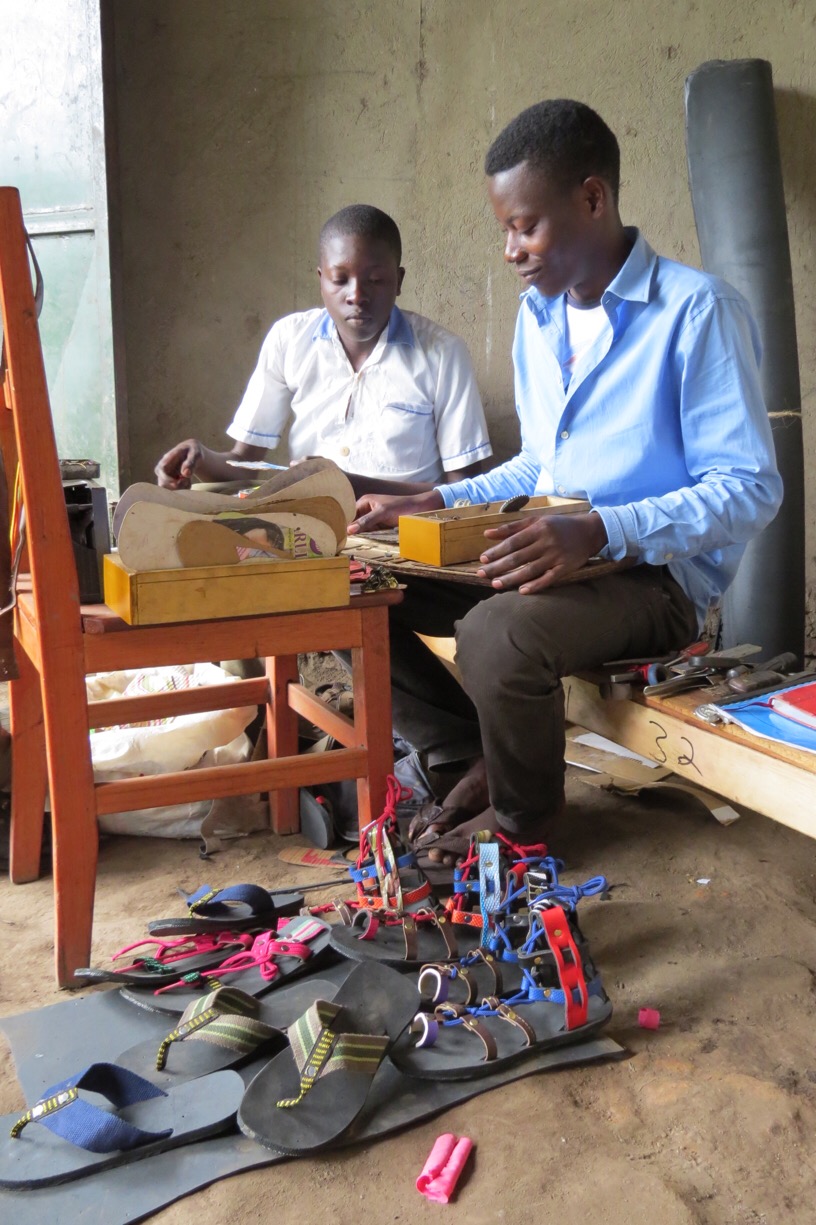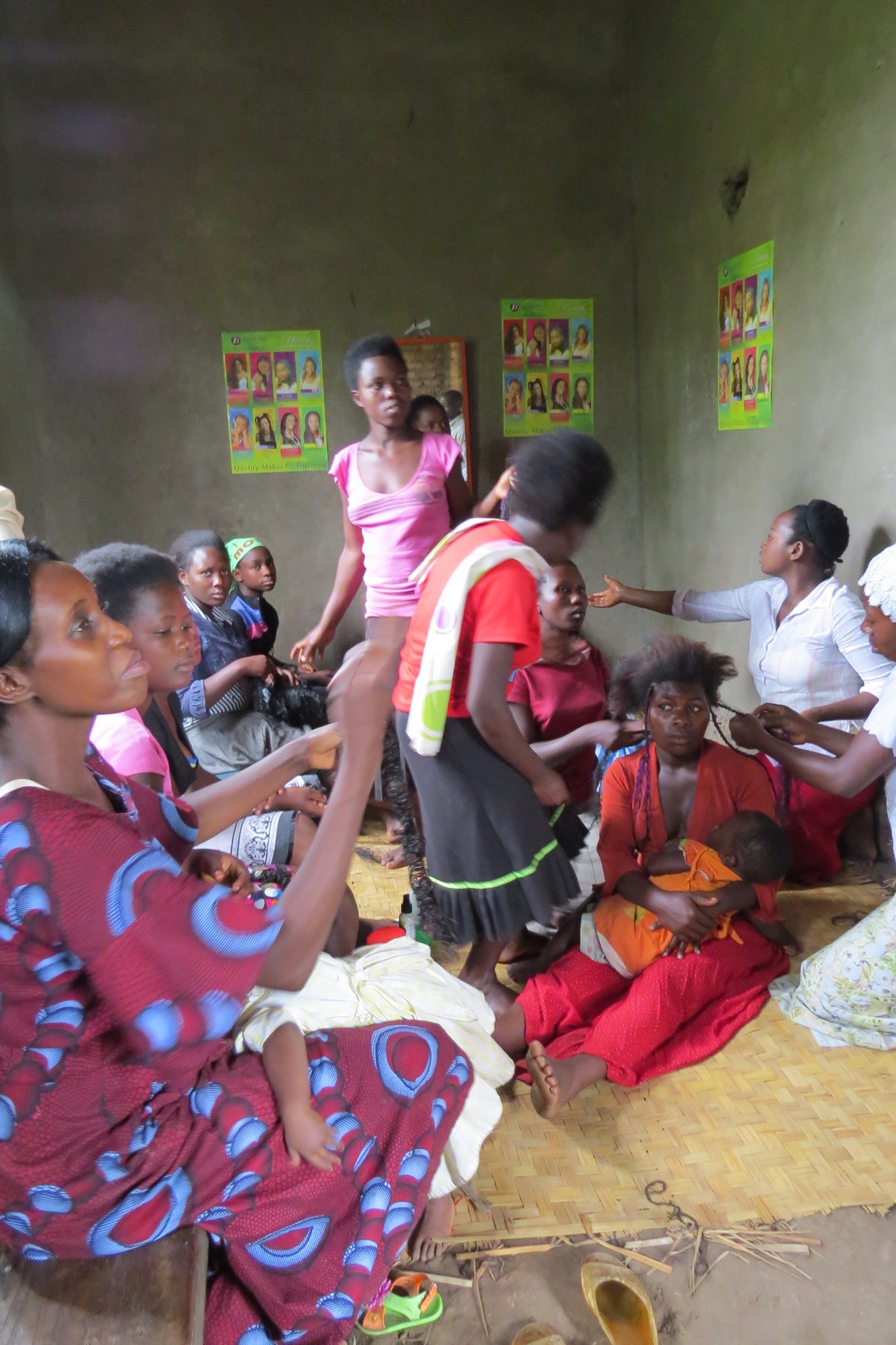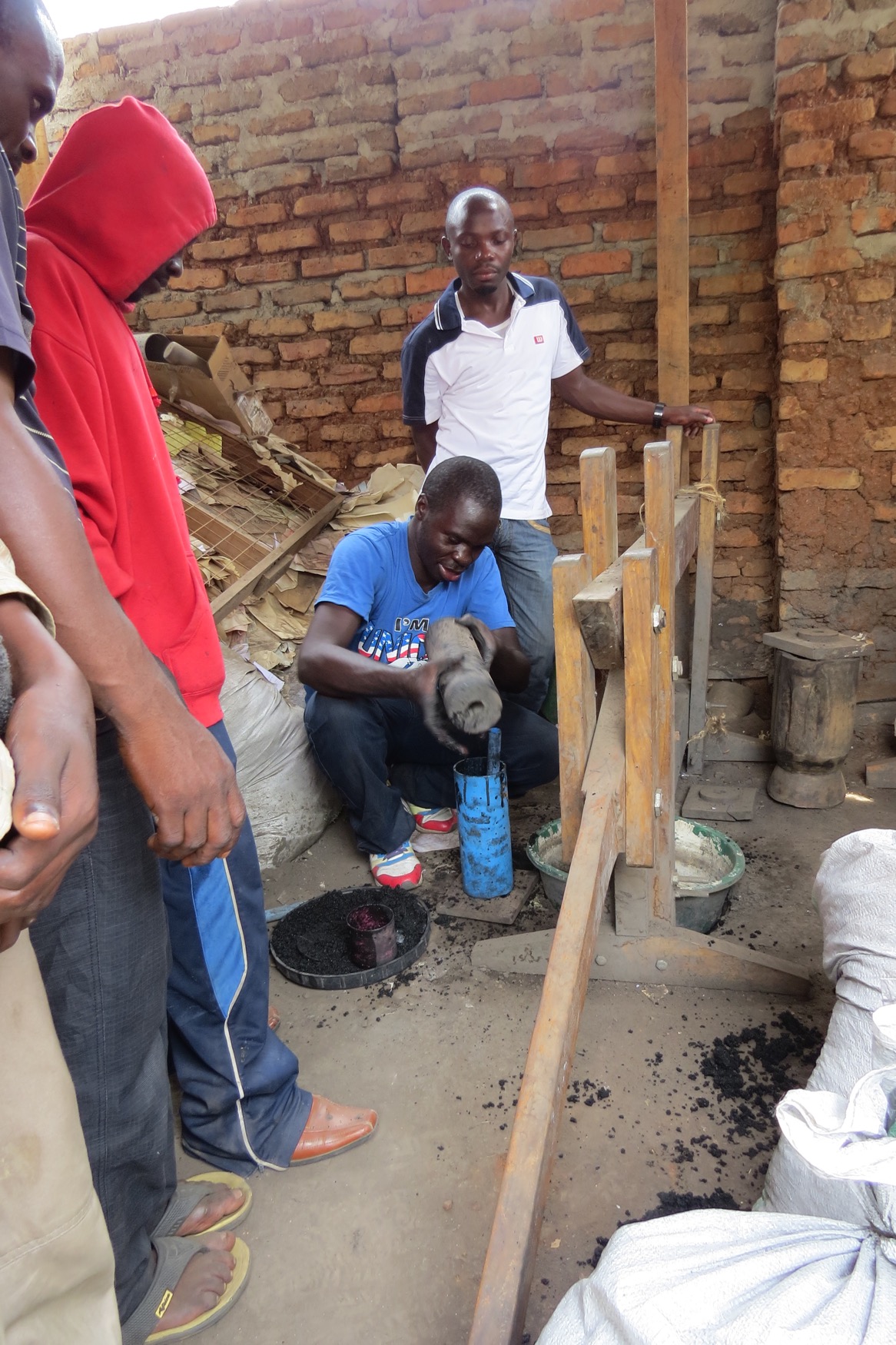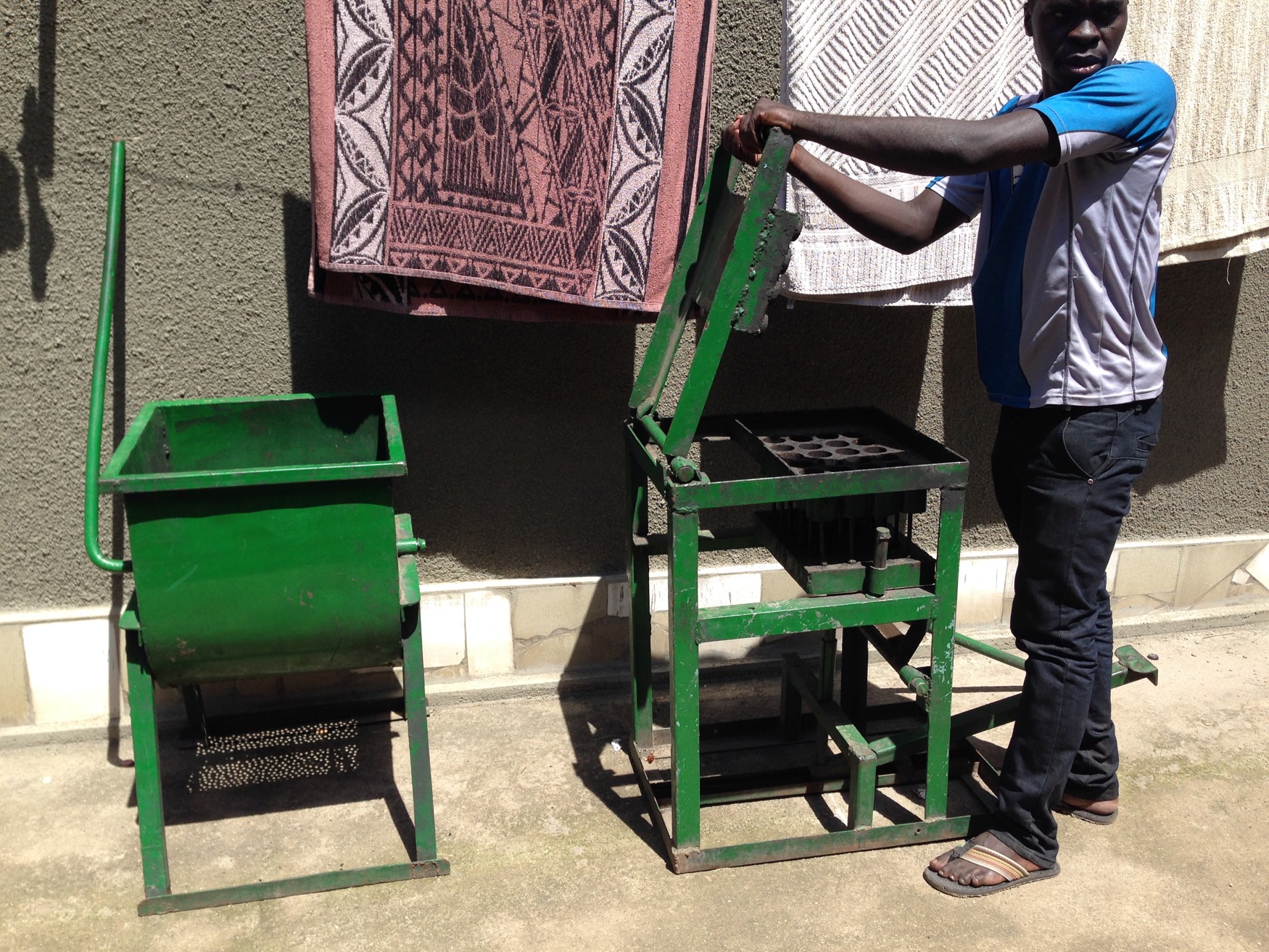We’ve had no wifi for 2 weeks so it’s been difficult to stay in touch. However, it’s been quite an eventful period all in all.
Pals Judith & Tamsin arrived in Livingstone after a 15-hour delay to their flight from the UK. They’ve come for a couple of weeks to tour with us a bit in Zambia & Zimbabwe.First thing on the agenda though was a couple of relaxing days at Maramba River Lodge, one of our favourite places in South Eastern Africa.
We went back to view Victoria Falls from the Zambia side with them. Last time we were here the water was so high it wasn’t possible to go near Knife Edge Bridge without the spray soaking to the skin and filling shoes to the brim. At this time of year the water levels in the Zambezi are lower. The Falls are no less beautiful without their full volume. In fact, without the huge plumes of spray it’s actually easier to see just how large the gorge and the falls are.

After a picnic lunch around the Gorge Walk…

…we went up to the top of the falls and walked out onto the Eastern Cataract.
 Again, due to the lower water levels it’s possible at this time of year to get right up to the edge – if you’re brave enough.
Again, due to the lower water levels it’s possible at this time of year to get right up to the edge – if you’re brave enough.

One way or the other, it’s rather pleasant just to sit with your feet cooling in The Zambezi without having to worry about crocodiles snacking on your toes.

To end a relaxing but (due to the heat) tiring day there was just time for a quick Pimms at the top of The Falls at the David Livingstone hotel. Outrageous prices for drinks but a beautiful spot from which to view the spray bouncing back up from where the water stricken the bottom of the gorge (The Smoke That Thunders).
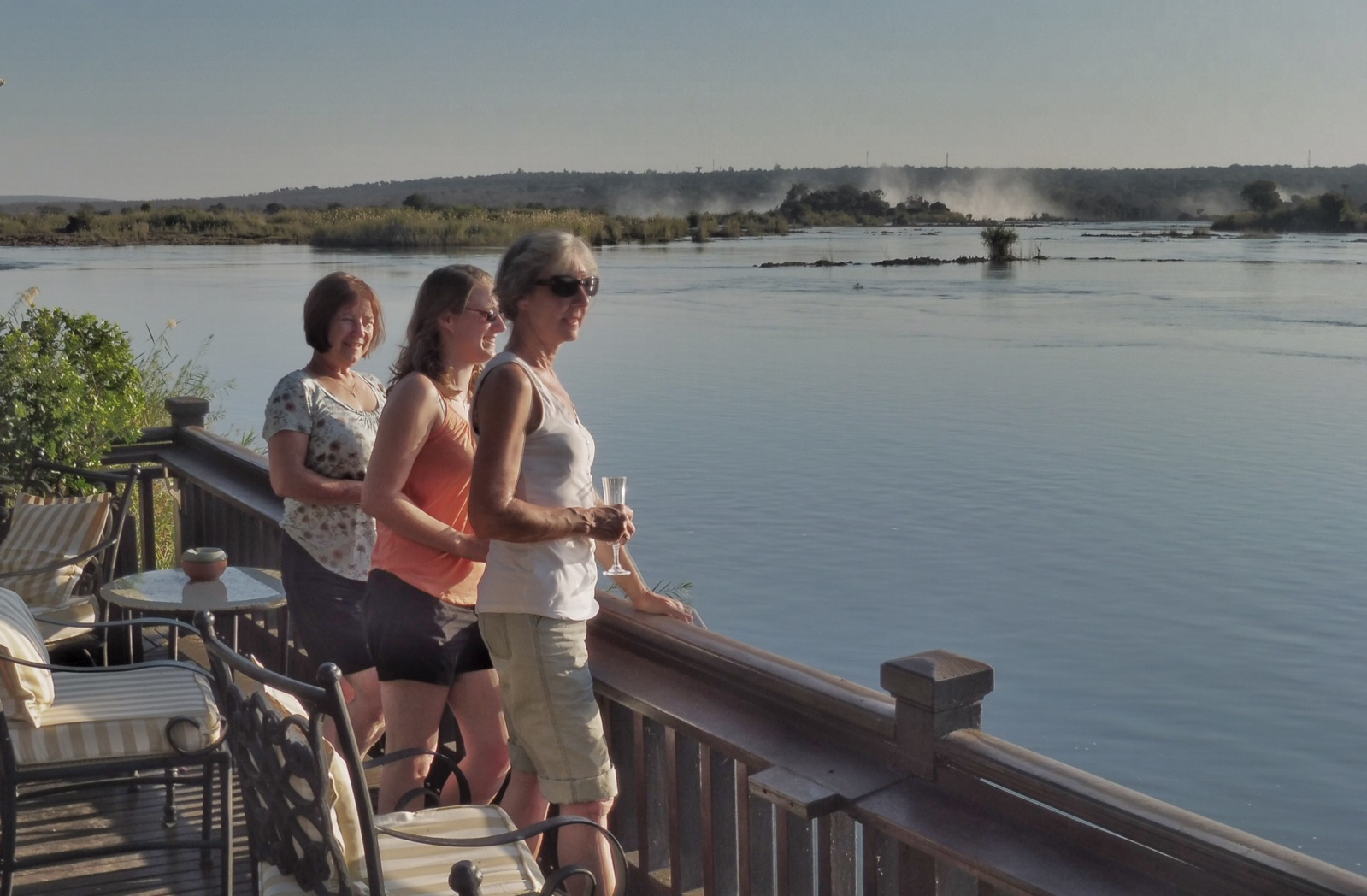
The following day the four of us headed out for Kafue National Park. Although only 250km to Nanzhilla Plains camp, it was going to be a long day. The first 130km are on excellent tar and take only 2 hours. The following 80km to the Dundumwedzi Gate to Kafue takes around 2.5 hours and is pretty rough. We paid our $350 for 3-days entry for 4 people & 1 car and headed onto The Cordon Road for the final 50km since, surprisingly, the Plains Track in the park was still wet.
Judith and Tamsin were hoping for a bit of what we’d seen and done on our travels so far. They came looking for the ‘Safari Experience’…
…We gave them the full ‘LAND ROVER‘ Safari Experience!

About 30km into Kafue National Park, going through fairly deep, fine sand there was a loud bang from the rear axel and we sank. Summing up the situation, we had 3 issues to deal with: we were bogged down in deep sand that would need a lot of digging out; the rear axel (half-shaft) had snapped so we had no drive in normal gears; sunset would be in 4 hours and there was a strong chance we’d end up bush camping.
Not good. A few choice words were uttered. At times like this, I find that 3-4 minutes of indiscriminate swearing is quite relaxing.
After 2 hours of digging the fine, deep sand (using a combination of spades, Tupperware boxes and sand ladders) we’d managed to move the car about 50 metres.
Tamsin was on Lion Watch, Judith and Helene manned the Tupperware and collected branches for under the wheels, I worked the shovel and Sand Ladders.

Only 200 meters to go to a more solid piece of ground. Oh joy.
At the entrance gate there had been only 3 people signed into the camp over the 5 days prior to us arriving. It was all getting a bit tense (the girls weren’t keen on the idea of bush camping with lion, leopard, hyena and wild dog around). Suddenly, out of the bush, salvation arrived.
Jake turned up from the Elephant Research post at Hook Bridge. He just happened to be in this area and was heading for Hippo Camp about 80km away. After another hour of digging, we’d got a couple of channels dug into the sand and he’d winched the car through the bush onto a more solid patch of ground.
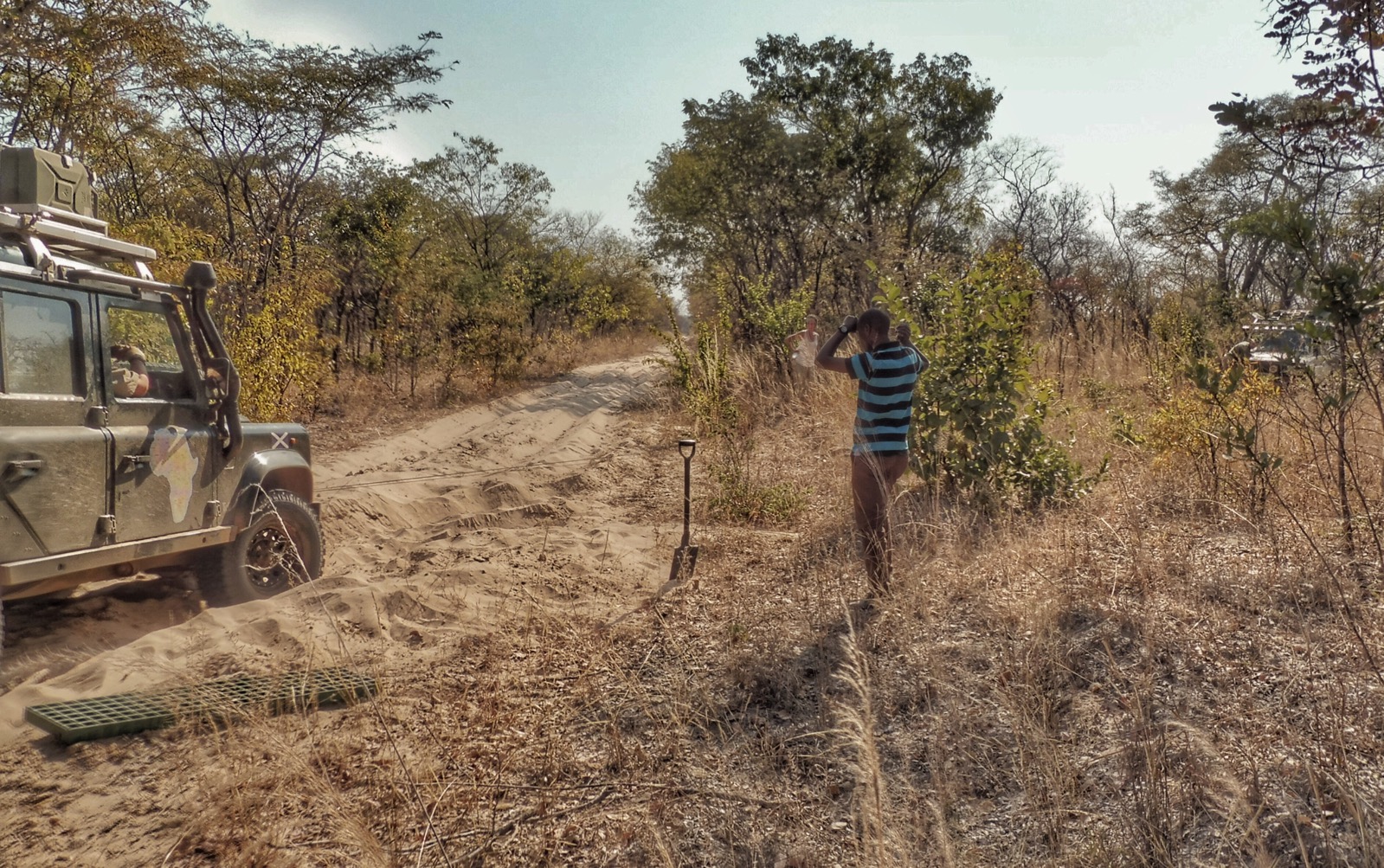
Not only did Jake save our bacon, for a Toyota driver who’d just pulled a Land Rover out of trouble he was remarkably modest with the Land Rover jokes. We definitely owe them some beers up at the Research Centre and will deliver them when we go up next month.
Although the half-shaft had snapped, we managed to get some drive out of the car with it in diff-lock and Jake insisted on following us back to Dundumwedzi Gate to make sure we got there. There was no way we could continue to our camp – the sand was thicker heading to Nanzhilla and that would have left us with 300 km to cover if we’d carried on.
At the entrance gate, a team decision was made to try and limp the car back to Livingstone through the evening, rather than wild camp somewhere outside the park. On route, when we finally got a mobile signal some hours later I called Nick Selby at Foley’s Zambia who said he could look at the car as soon as we arrived.
Not a fun 250+ km back to Livingstone. We arrived back at Maramba around 10.30 pm after 11 hours driving and almost 3 hours digging. Exhausted, after a couple of stiff drinks at the bar, we checked into Maramba’s pre-erected dome tents and crashed out.
Nick got onto the car asap the following morning. we all got back onto a heavy day of sitting on our backsides watching the hippos…

…and crocs from the bar of the lodge.

Many thanks to Maramba manager Peter, who generously didn’t charge us for the dome tents once he’d heard our tale of woe. The least we could do was spend that saved money in the bar.
A great job also by Nick at Foley’s. And huge thanks to Jake from the research centre. The car is as good as new (I know, I know…it wasn’t even as good as new when it WAS new) and the only thing we have to show for our adventurous first few days is a bunch of photos of us all digging in the sand and Helene’s bush-scars following her narrow miss from a lion swipe (when Tamsin was obviously looking the other way).
